
AURAE BLOG
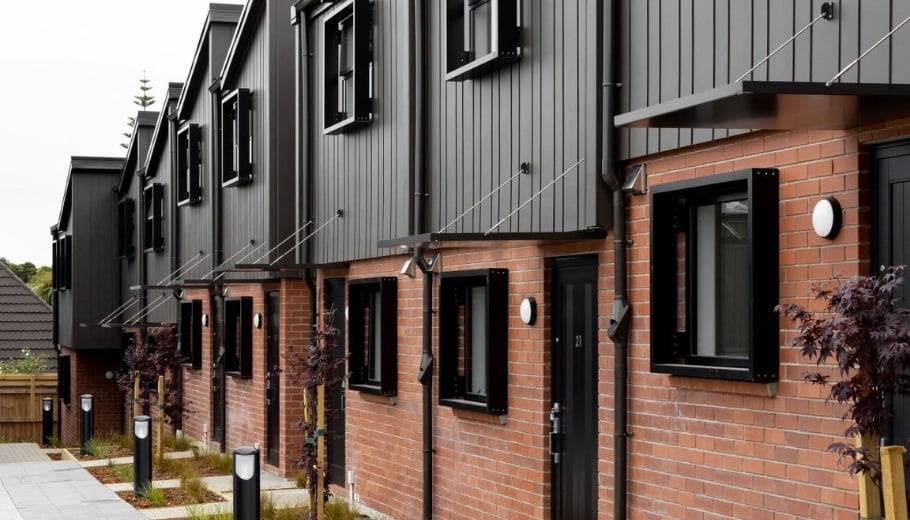
FEATURED BLOG
Installing canopies on profiled metal cladding
A question we receive often from architects and designers around New Zealand is whether entrance canopies can be installed to profiled metal cladding. The answer? Yes. If you are using a profiled metal cladding and want to add an aluminium feature to the facade, like an entrance canopy, you can, and this also includes round corrugated profiles.
CONTINUE READING
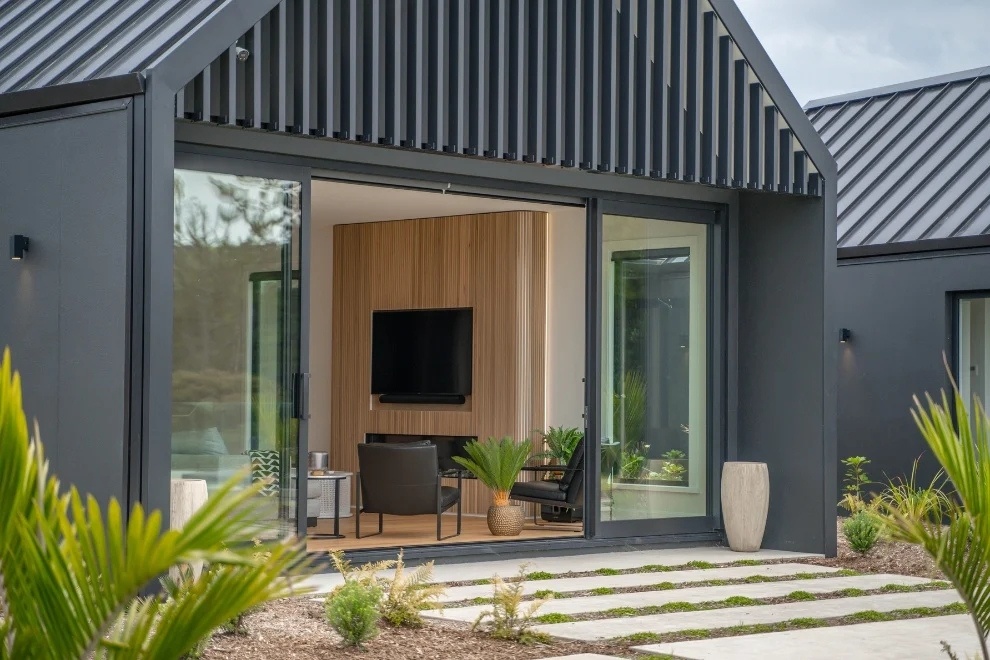
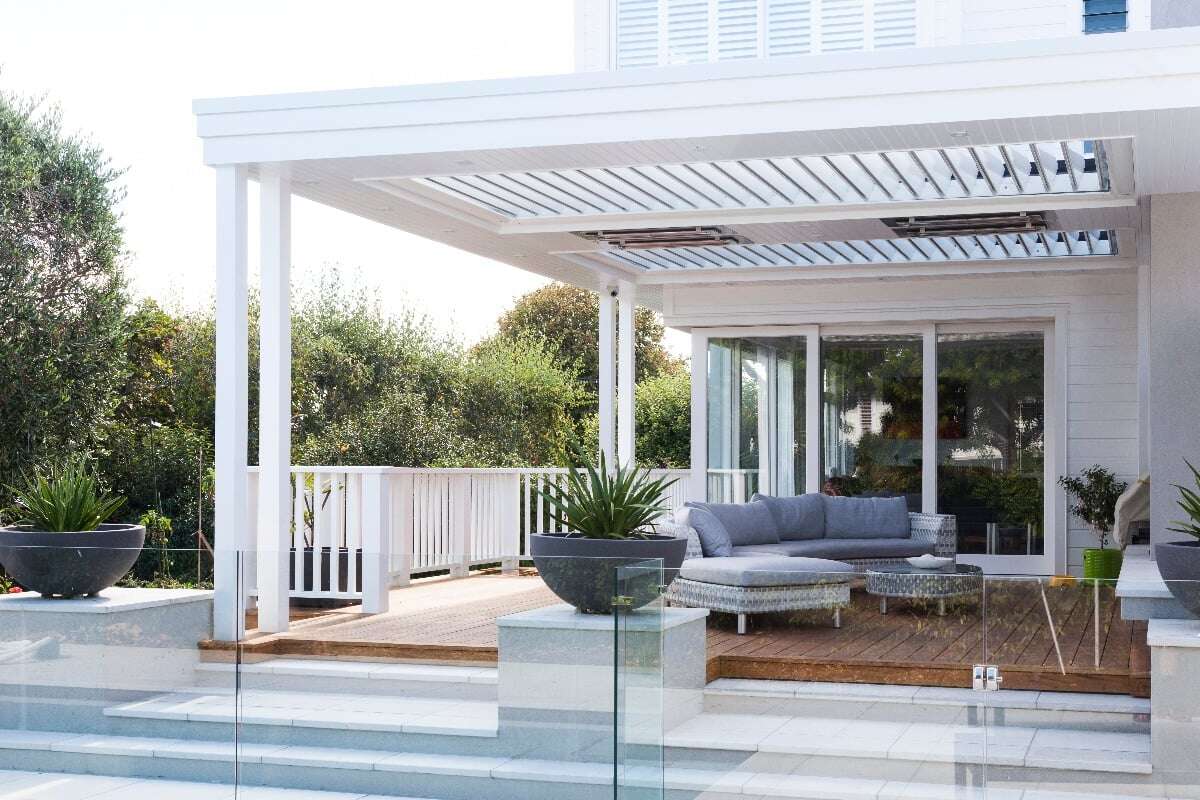
Are louvre roof systems watertight?
READ MORE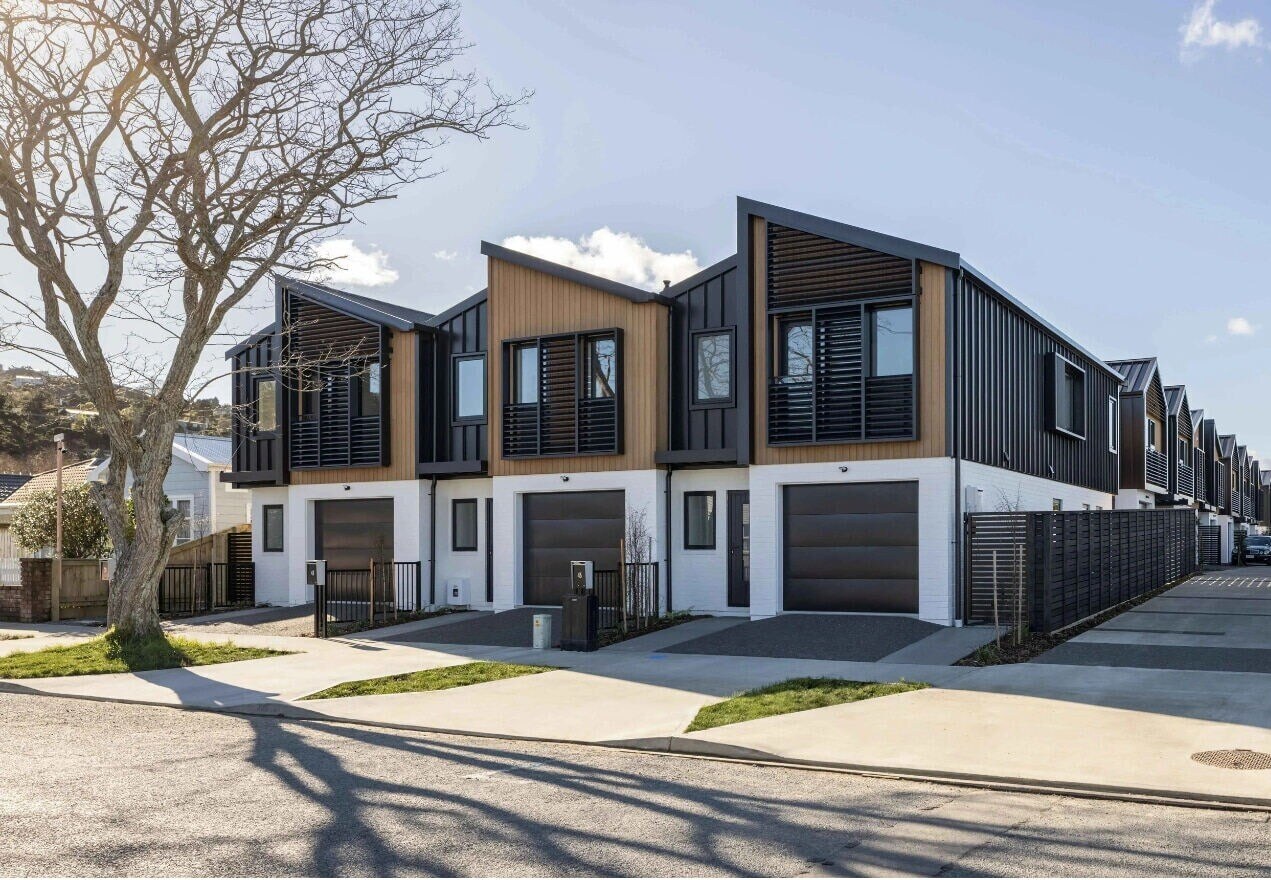
How group home builders increase home value with Aurae
READ MORE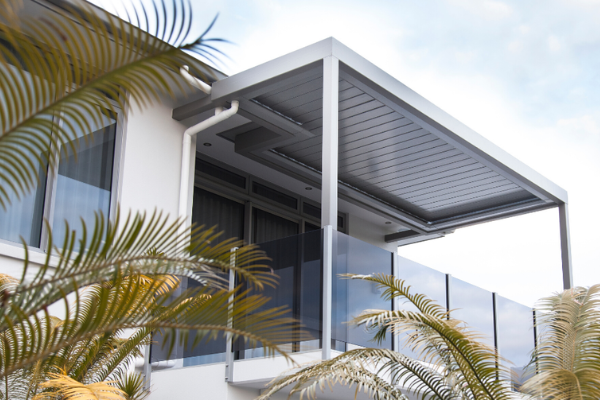
How much do fixed louvres cost in 2025?
READ MORE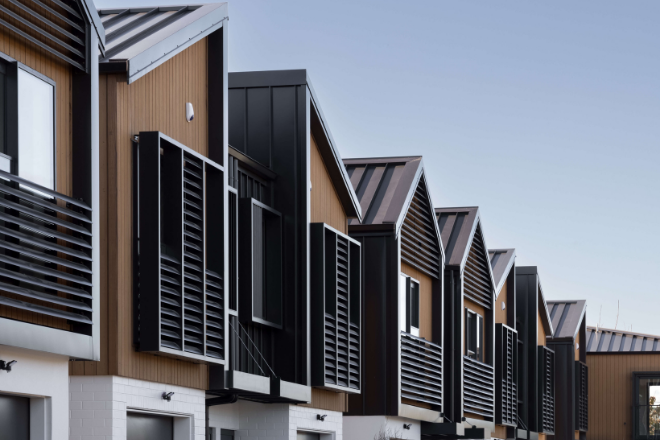
Aluminium window shrouds - shading, energy efficiency and aesthetics
READ MORE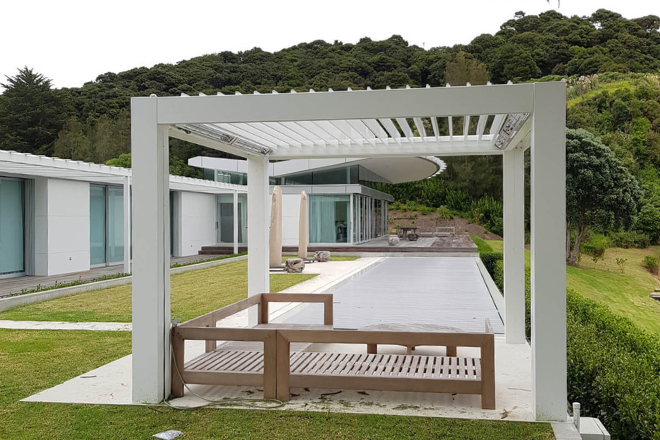
Louvred pergola spans explained
READ MORE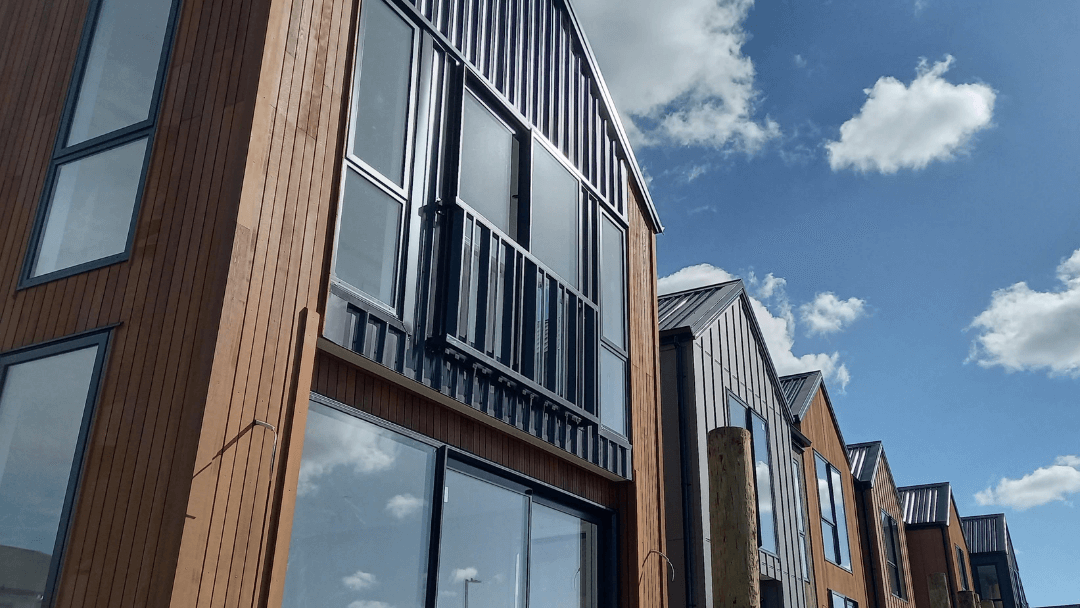
Can louvres act as a balustrade or fall protection?
READ MORE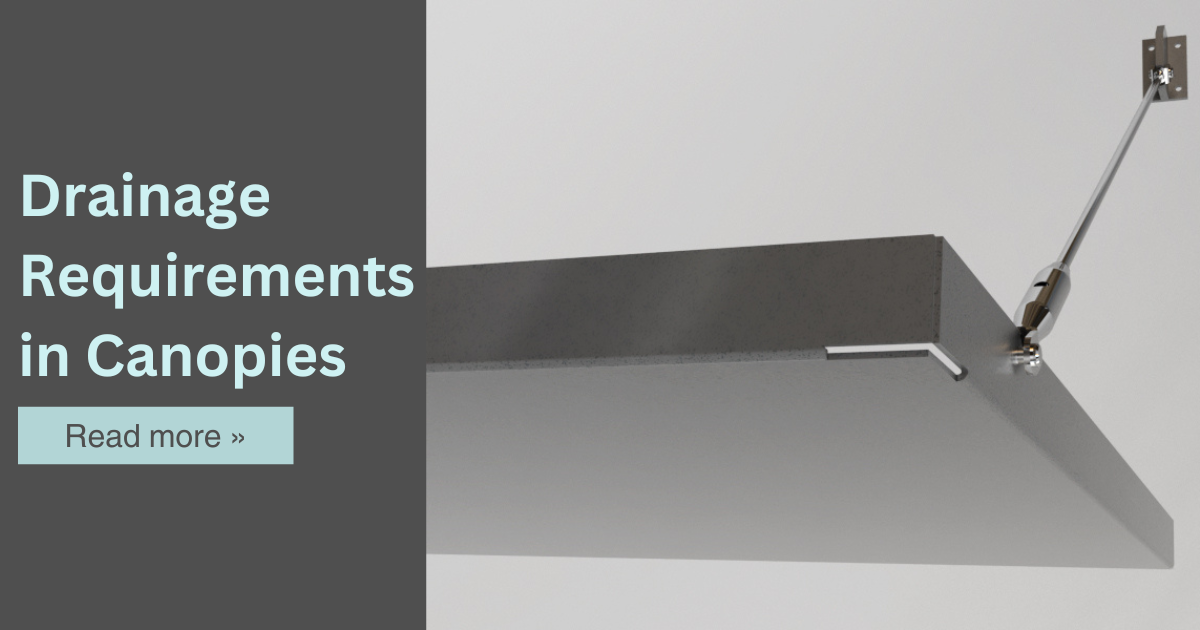
Drainage Requirements in Canopies
READ MORE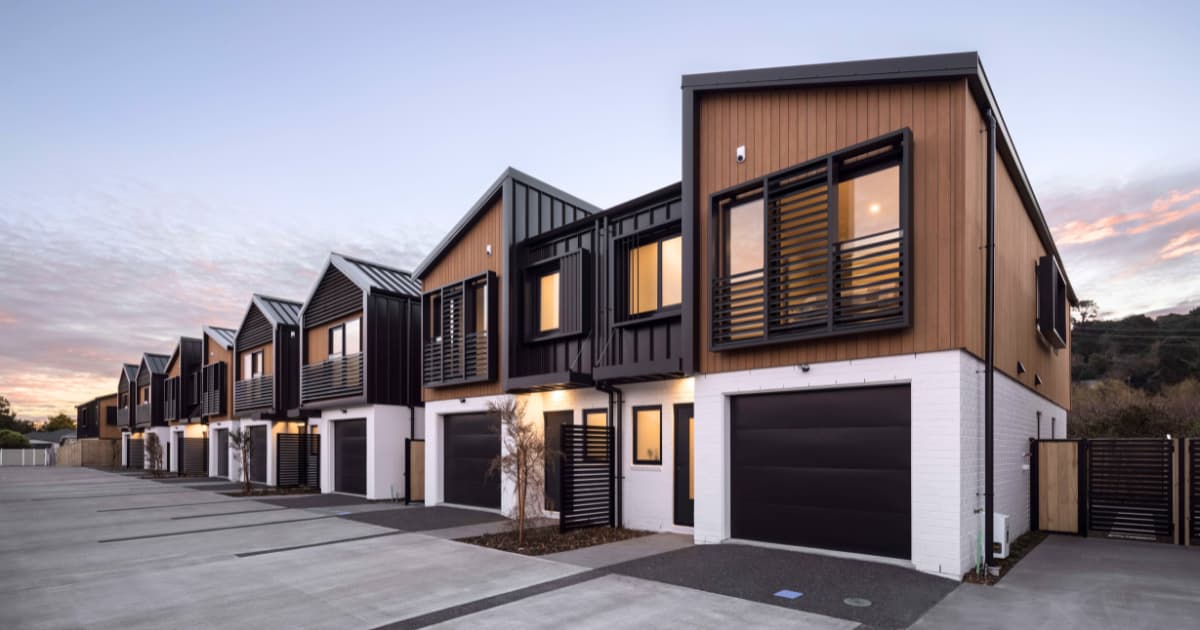
Louvre fixing types explained
READ MORE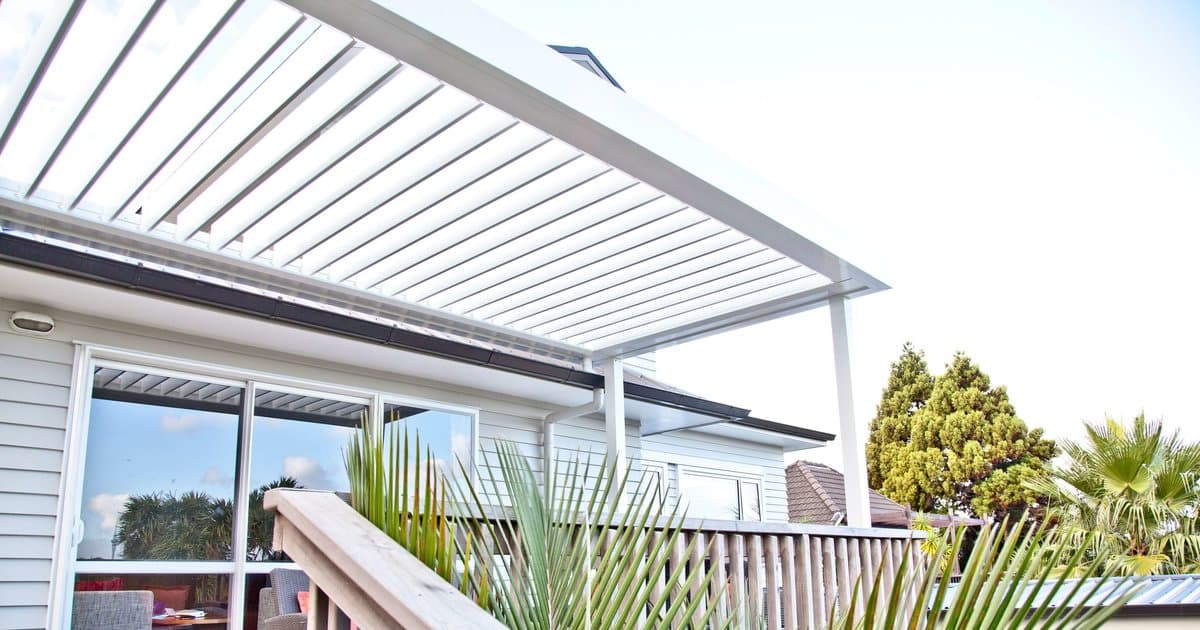
Pergola Designs NZ - what are your options?
READ MORE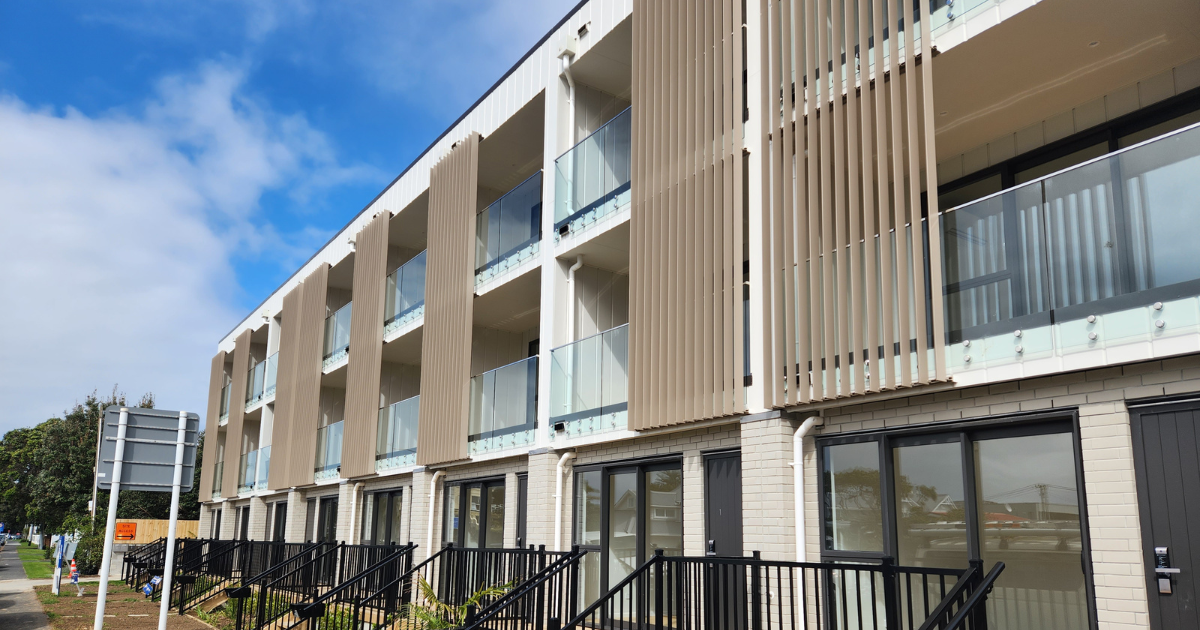
Best louvres for low-cost sun shading
READ MORE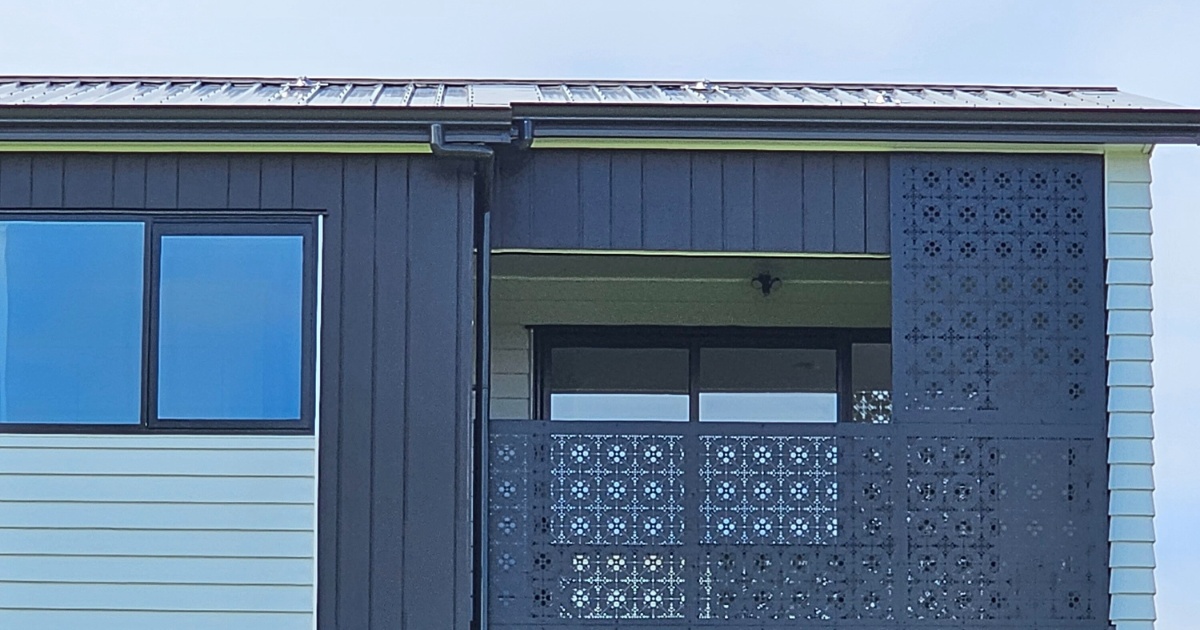
What's the best material for outdoor privacy screens?
READ MORE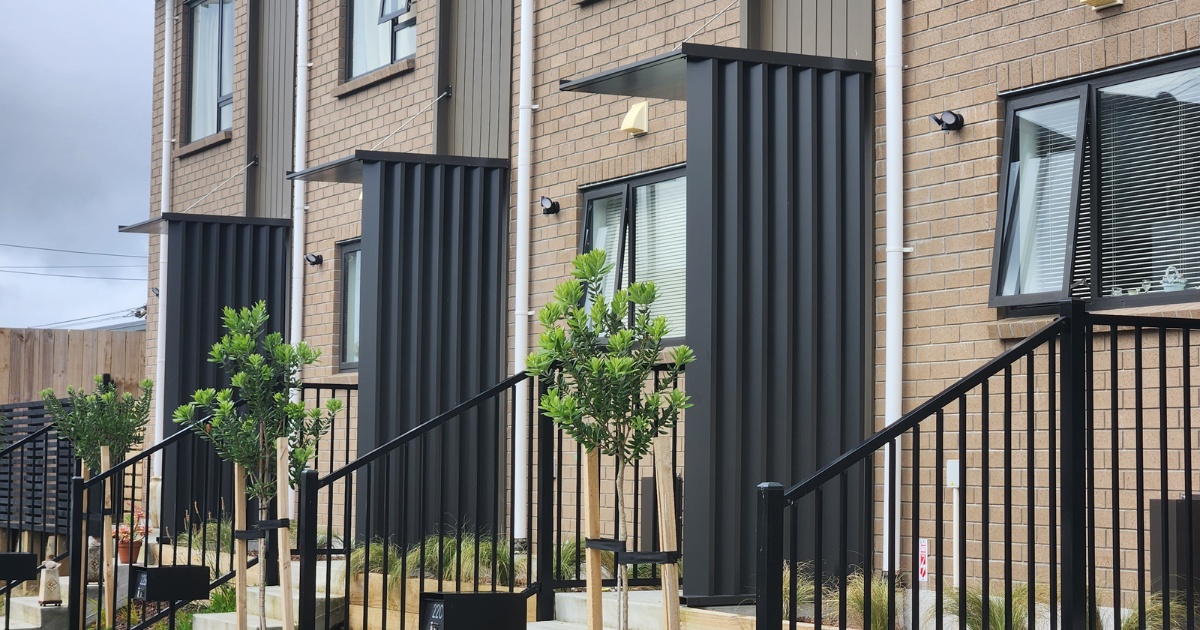
4 front door canopy ideas
READ MORE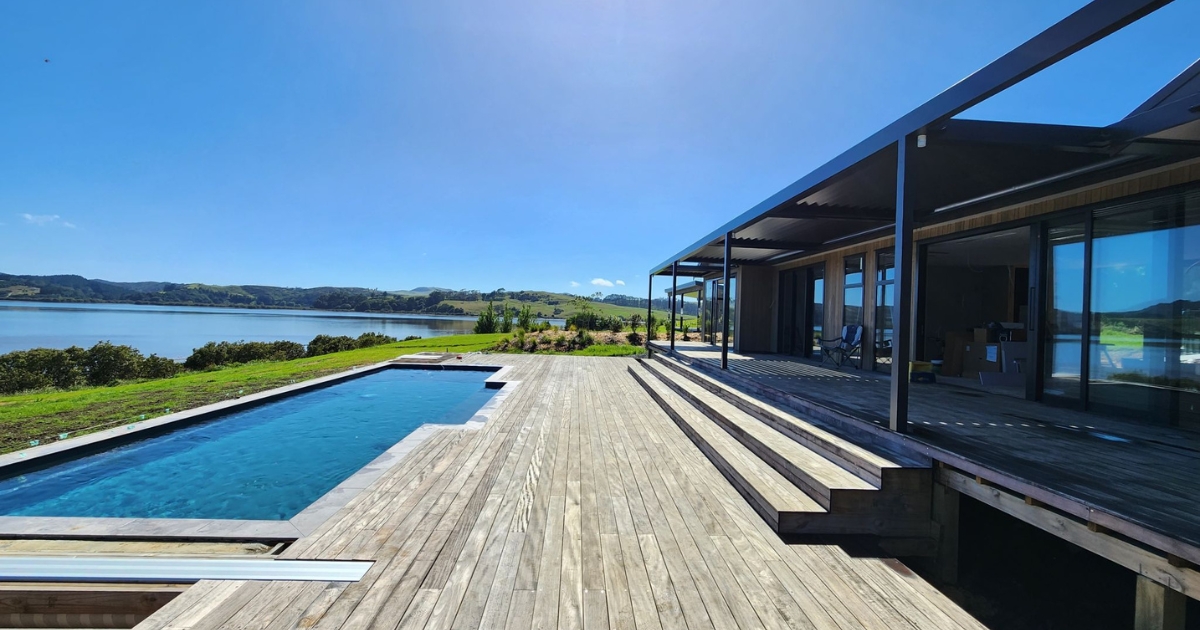
Our top 2023 louvre projects
READ MORE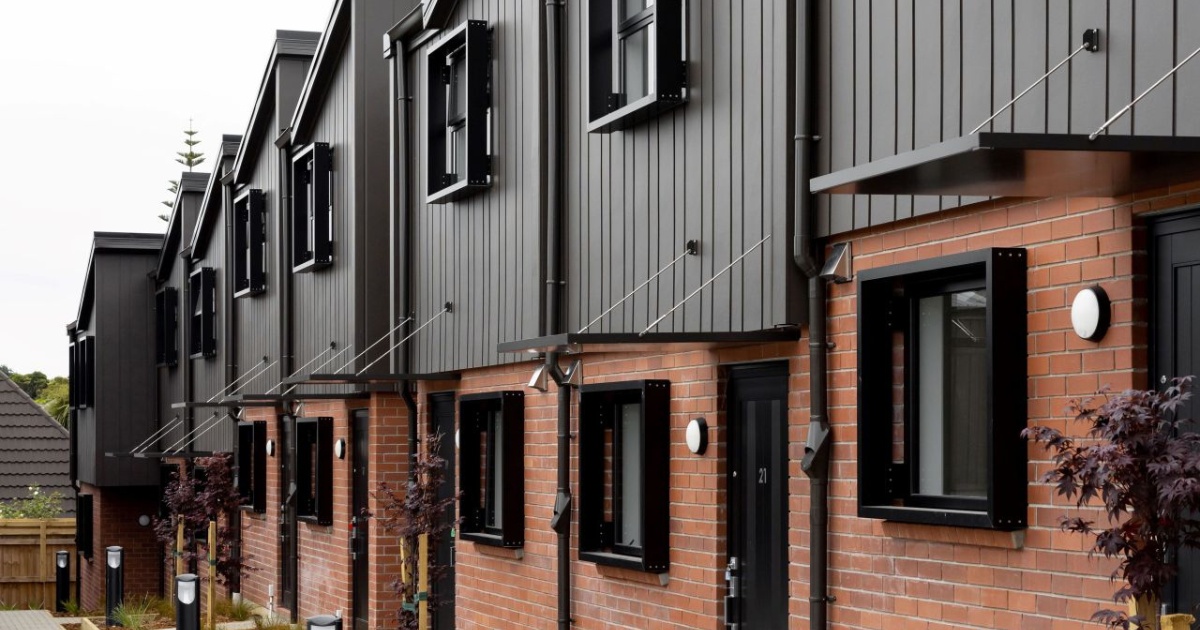
How to specify more cost-effective building canopies
READ MORE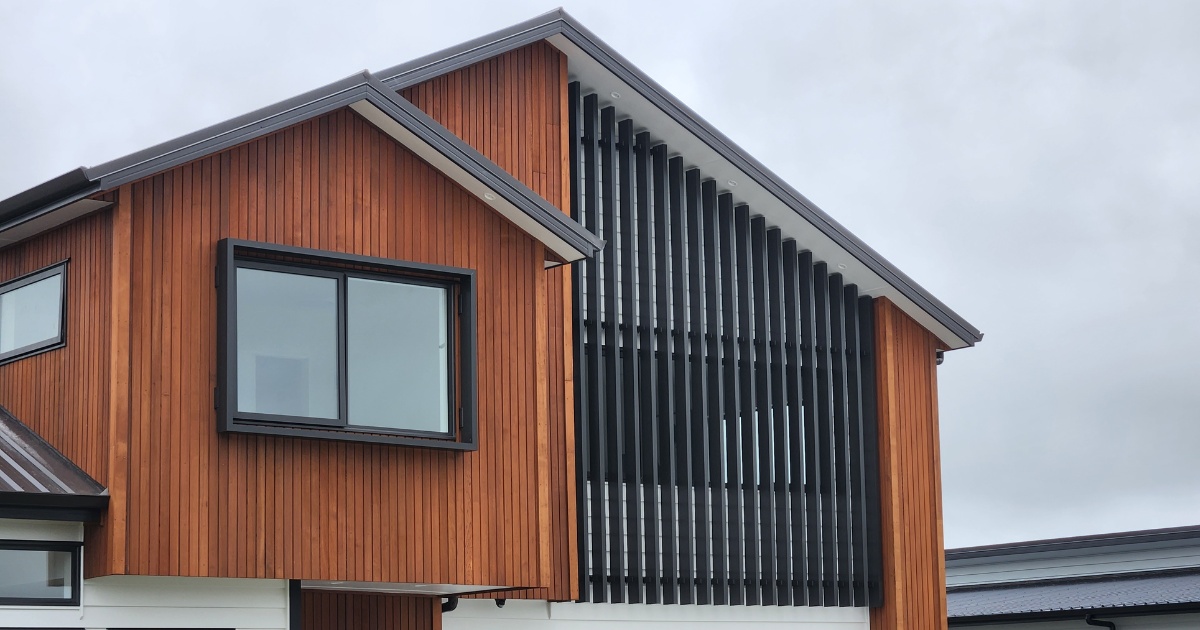
How environmentally friendly are aluminium louvres?
READ MORE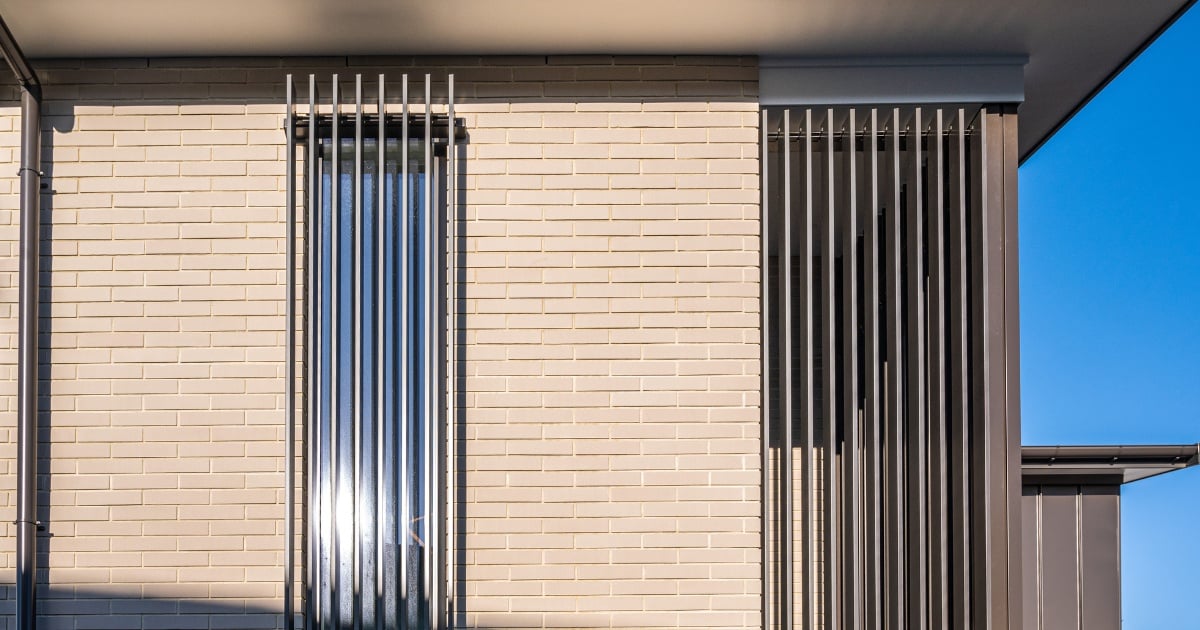
The impact of thermal expansion on aluminium louvres
READ MORE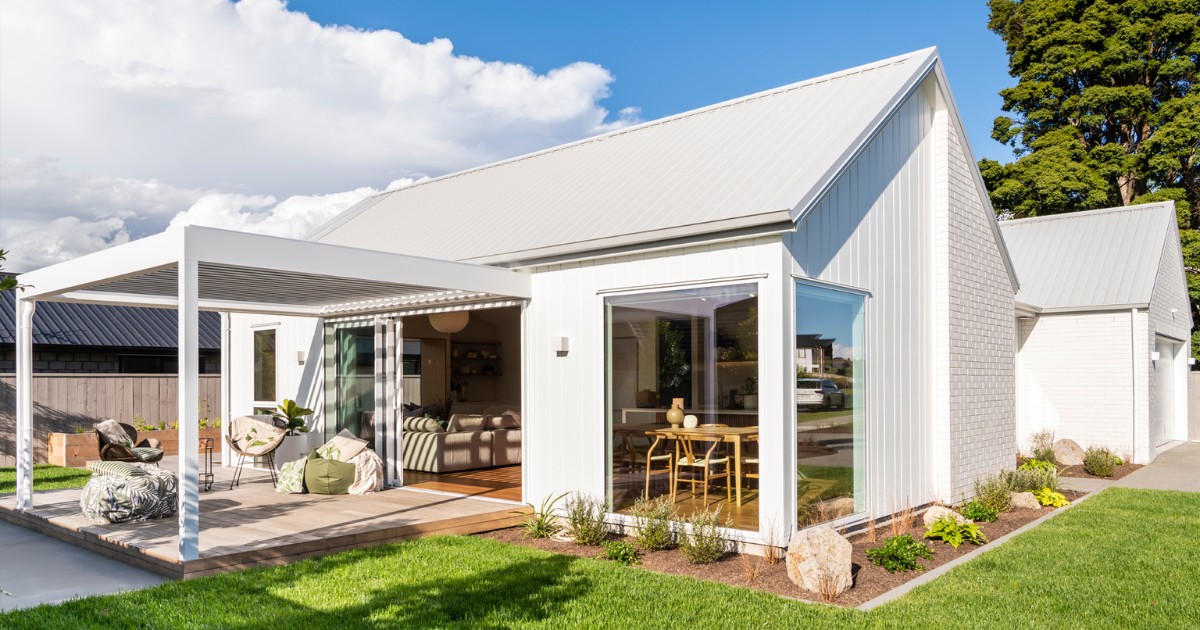
The cost of a louvre roof
READ MORE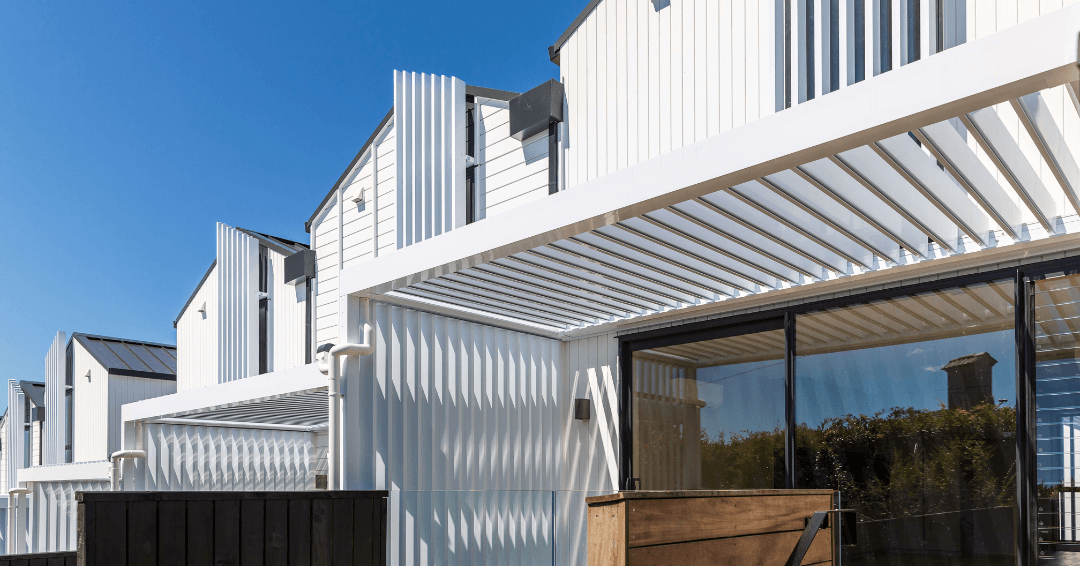
How long does a producer statement (PS1) take?
READ MORE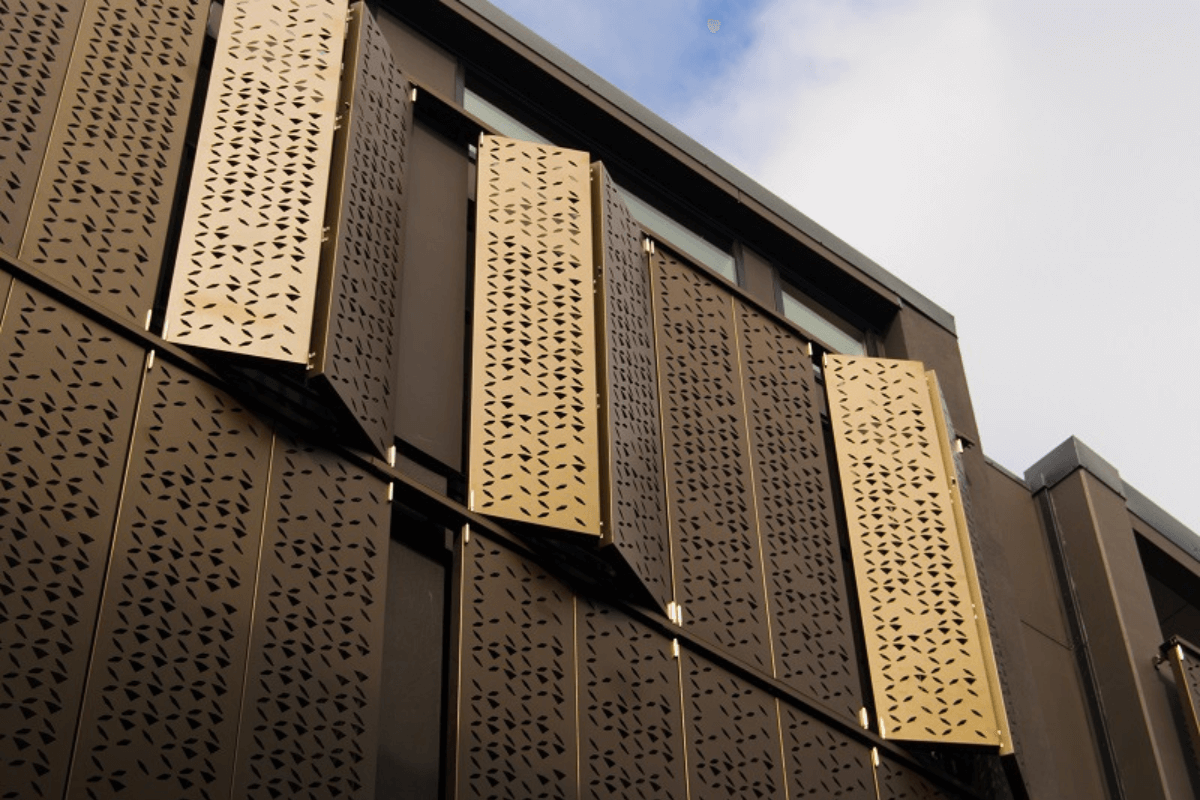
Top 5 aluminium products for medium-density housing
READ MORE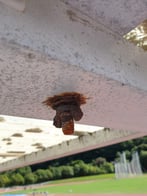
Dissimilar metals (Galvanic corrosion). Why does NZBC E2 get it wrong?
READ MORE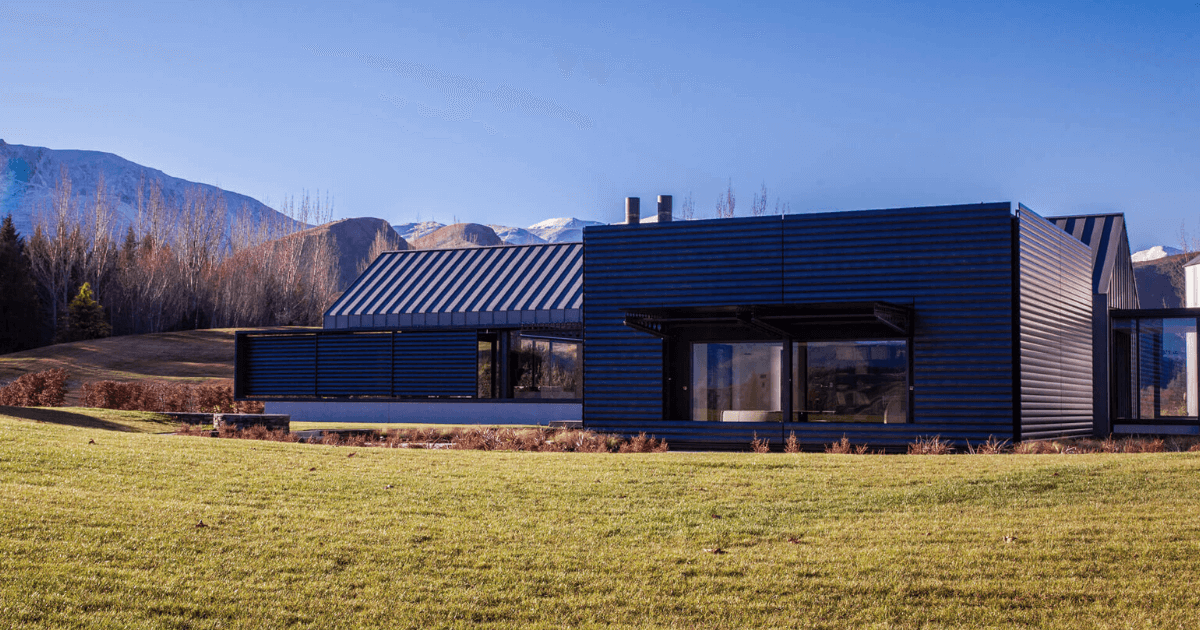
Building automation and facade design
READ MORE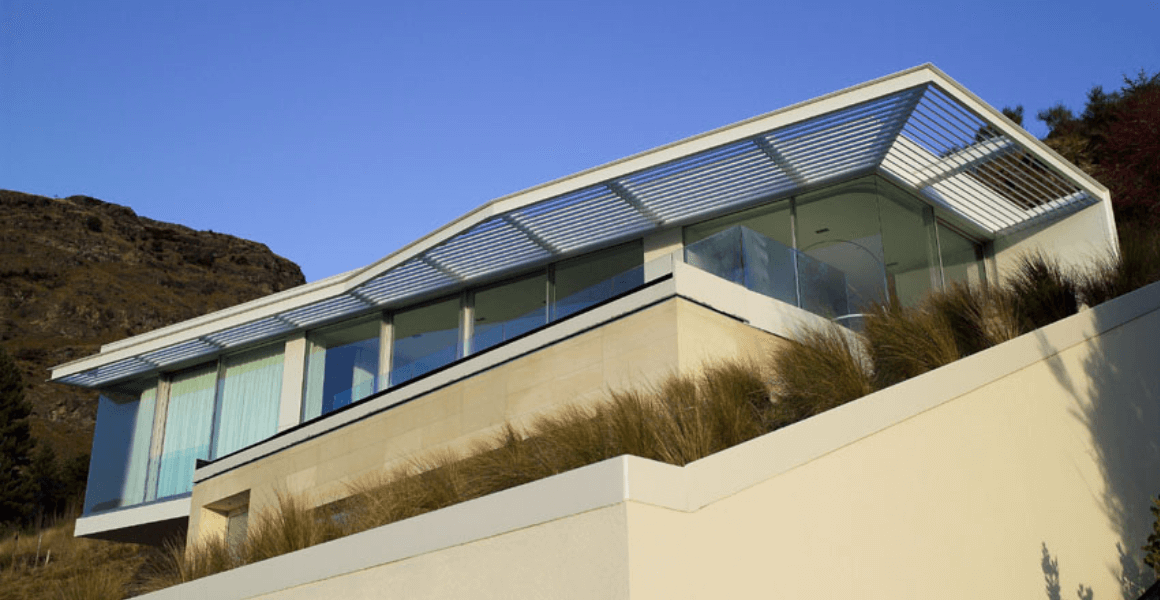
Best sun shading solutions for high-end properties
READ MORE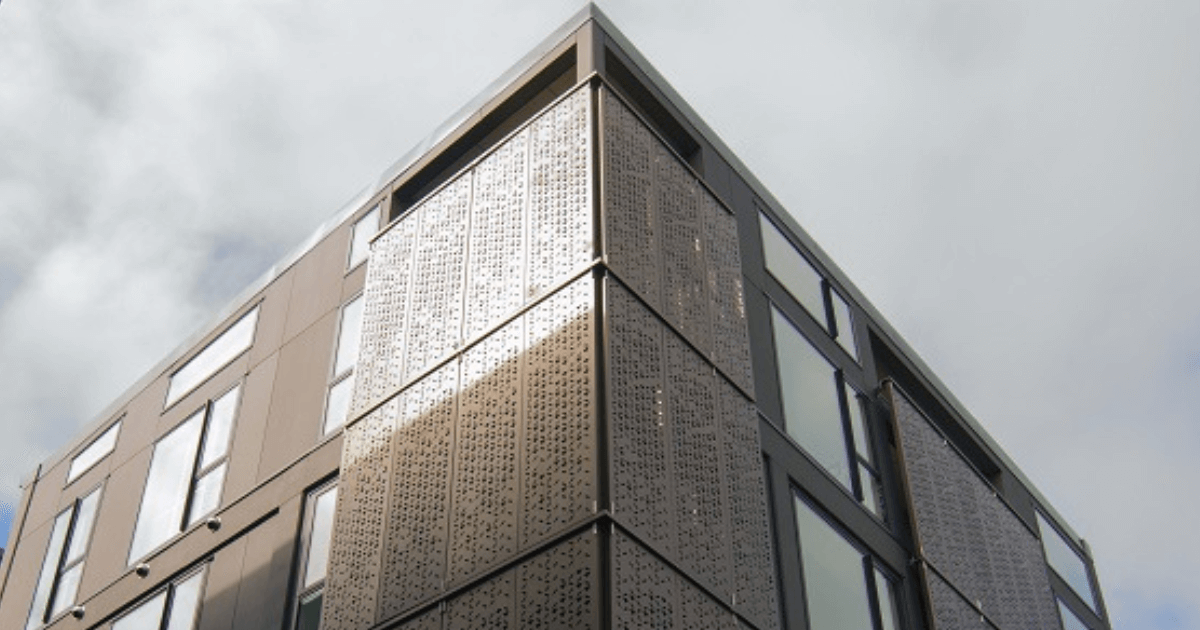
Best privacy options for high-density housing
READ MORE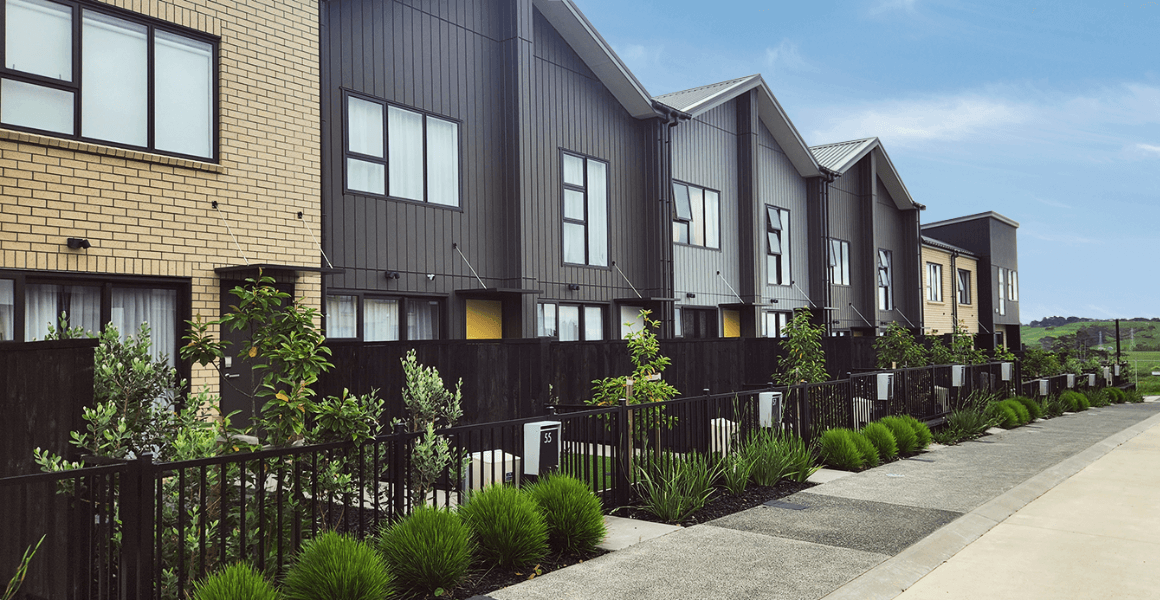
The benefits of entrance canopies in residential design
READ MORE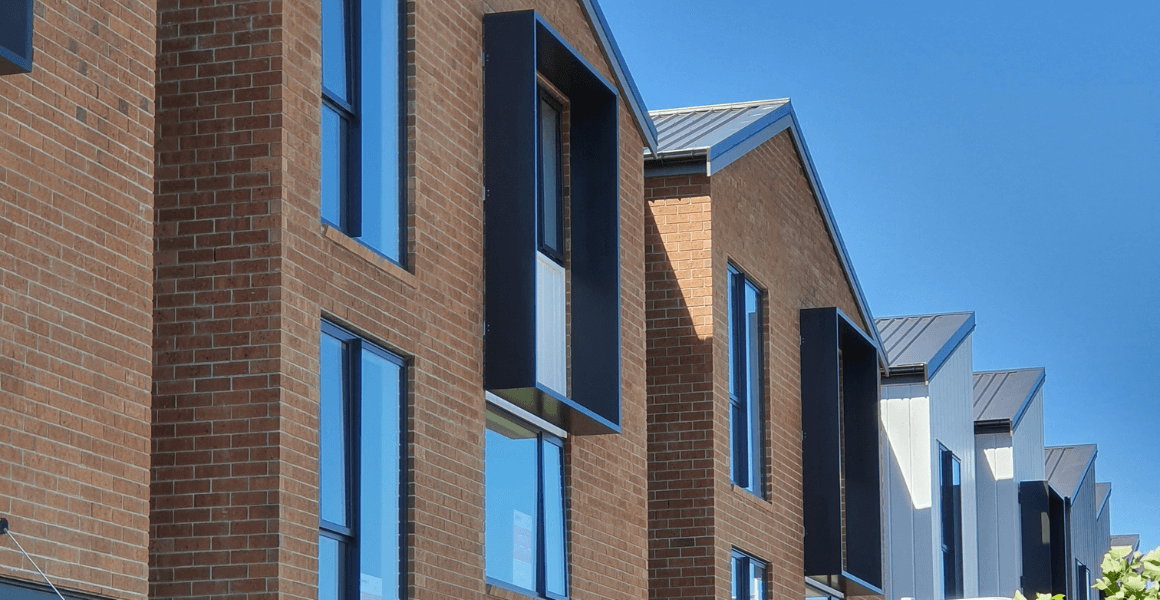
5 reasons to install window shrouds on a home
READ MORE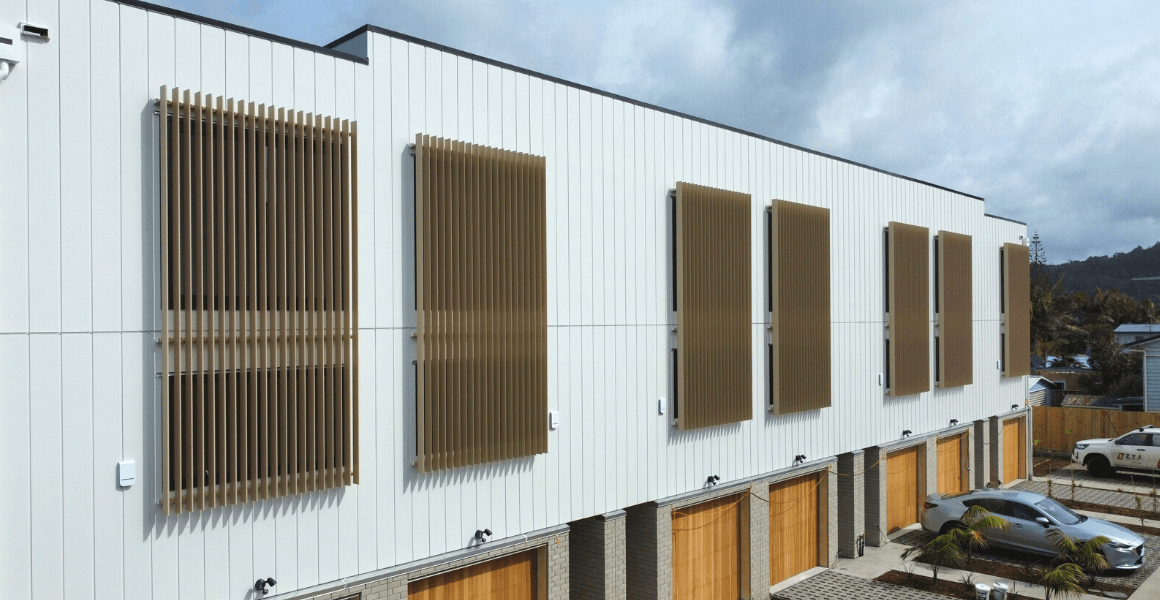
Our favourite projects of 2022
READ MORE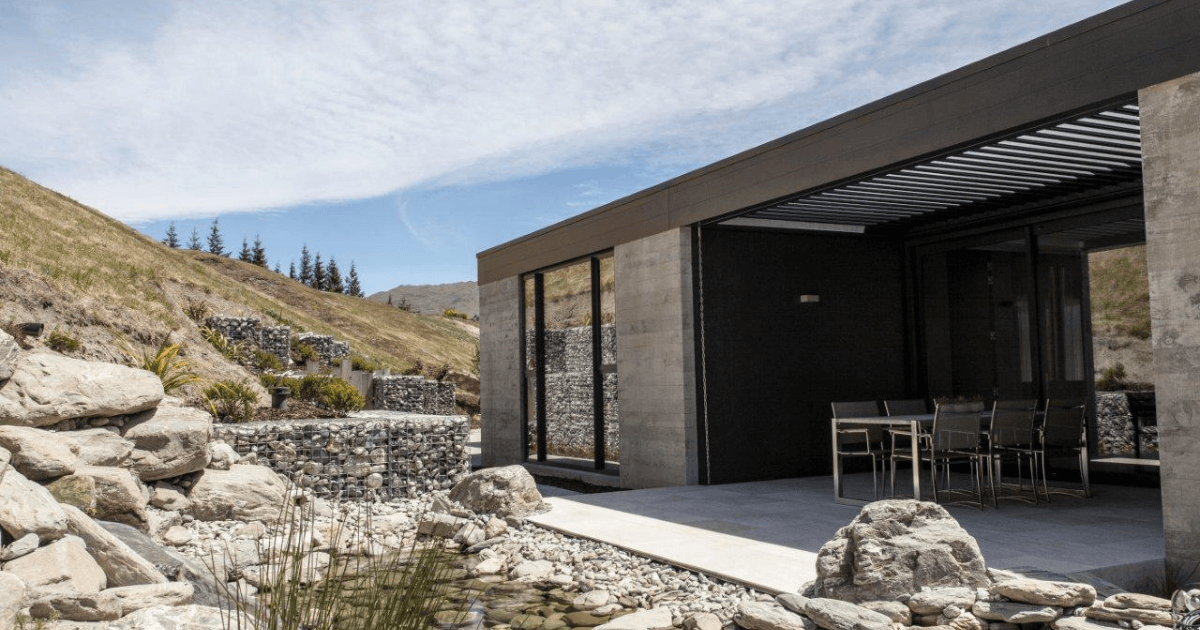
Is a louvre roof considered building site coverage?
READ MORE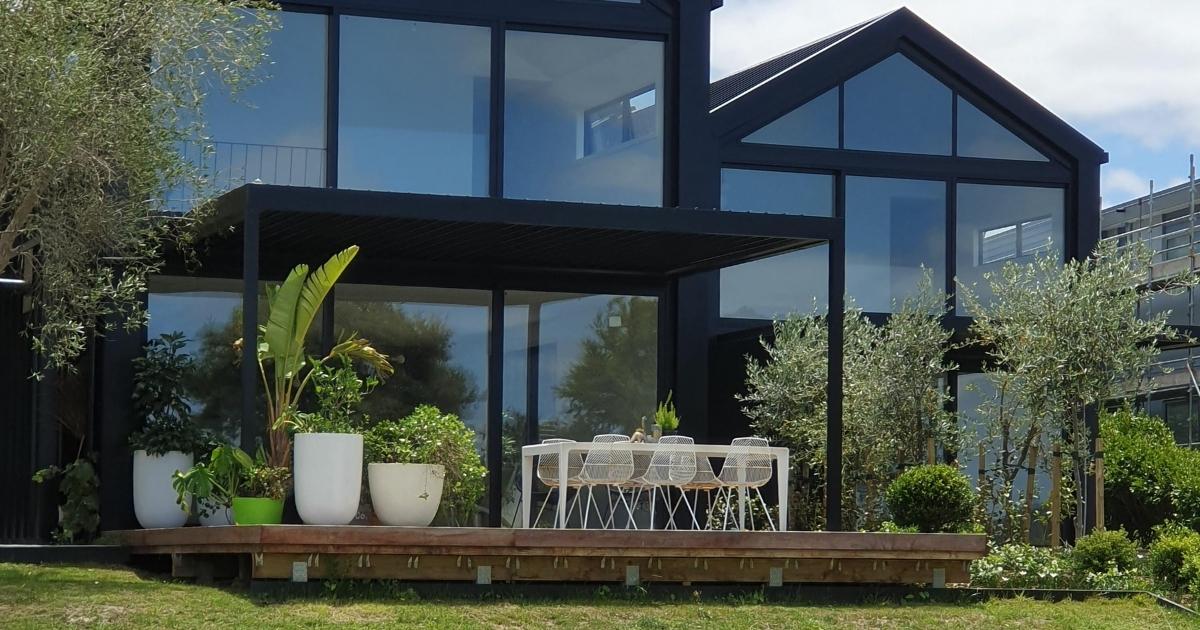
Creating an outdoor room with louvres
READ MORE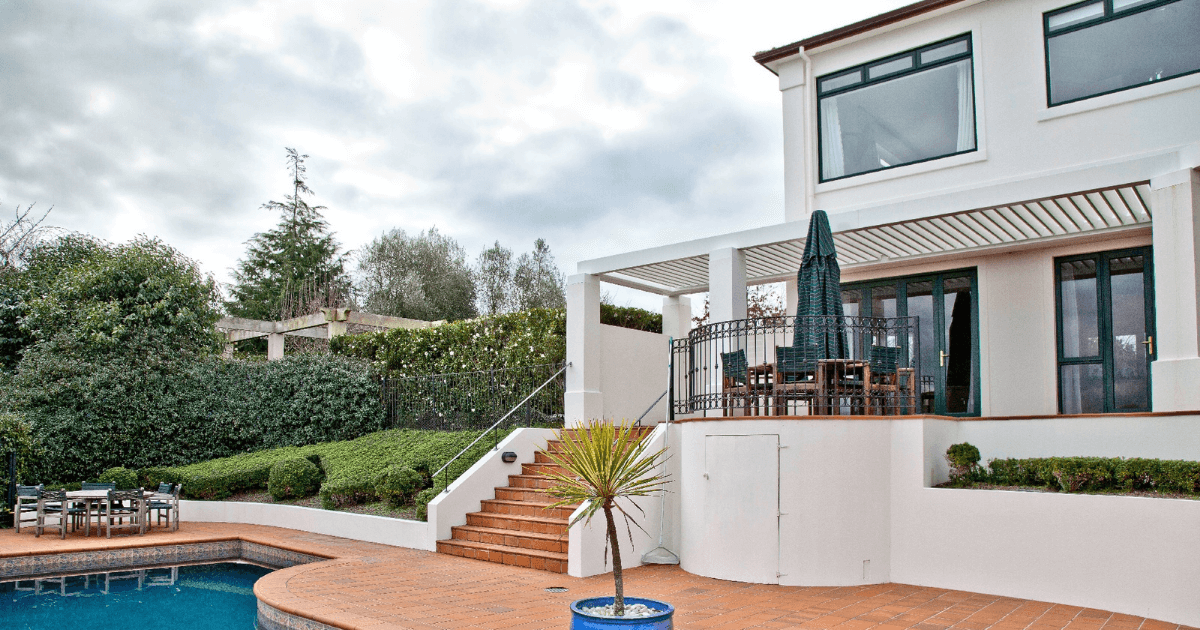
What is a loggia and why are they perfect for louvres?
READ MORE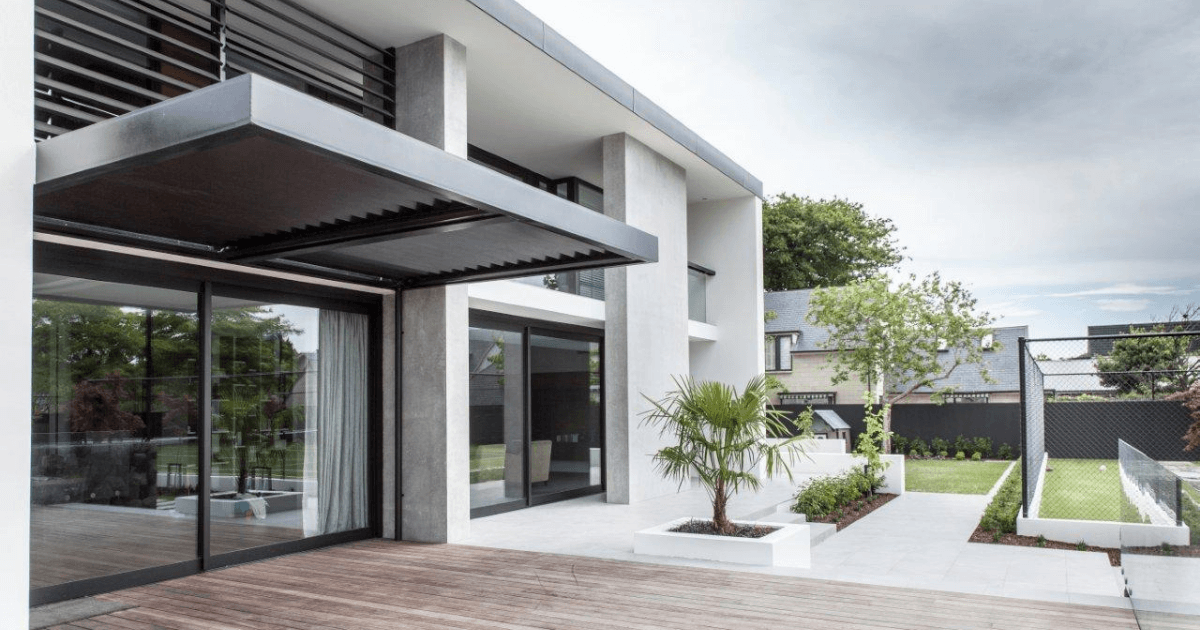
Aluminium vs glass, wood & plastic: which is best for louvres?
READ MORE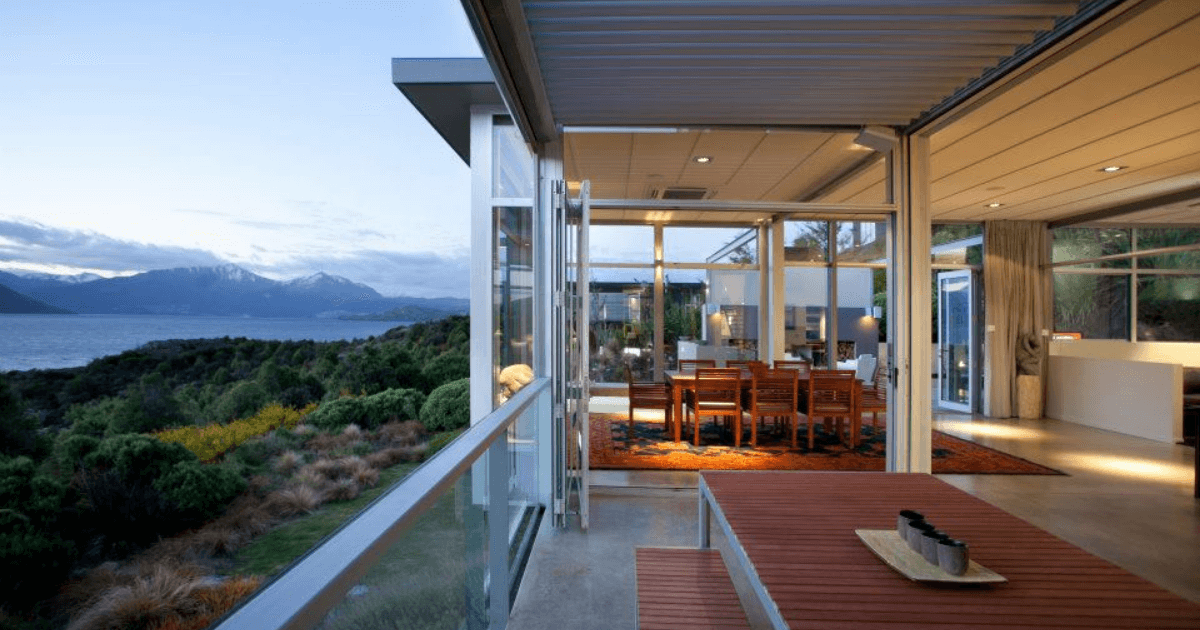
How to reduce the risk of wind noise
READ MORE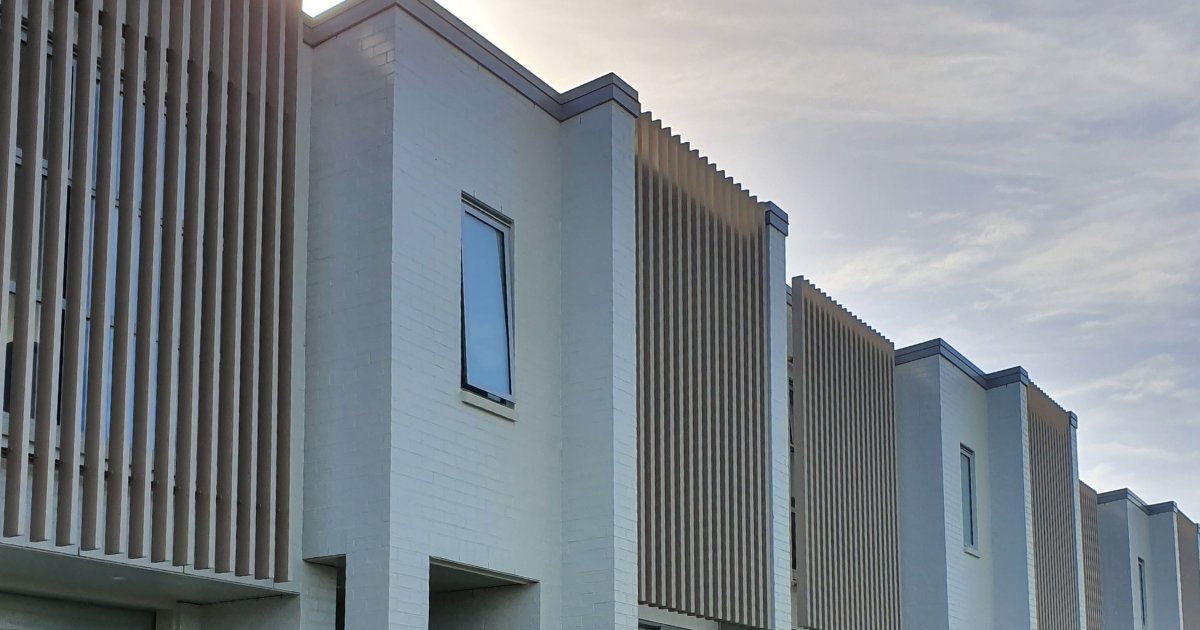
Louvre PS1s: The Aurae process explained
READ MORE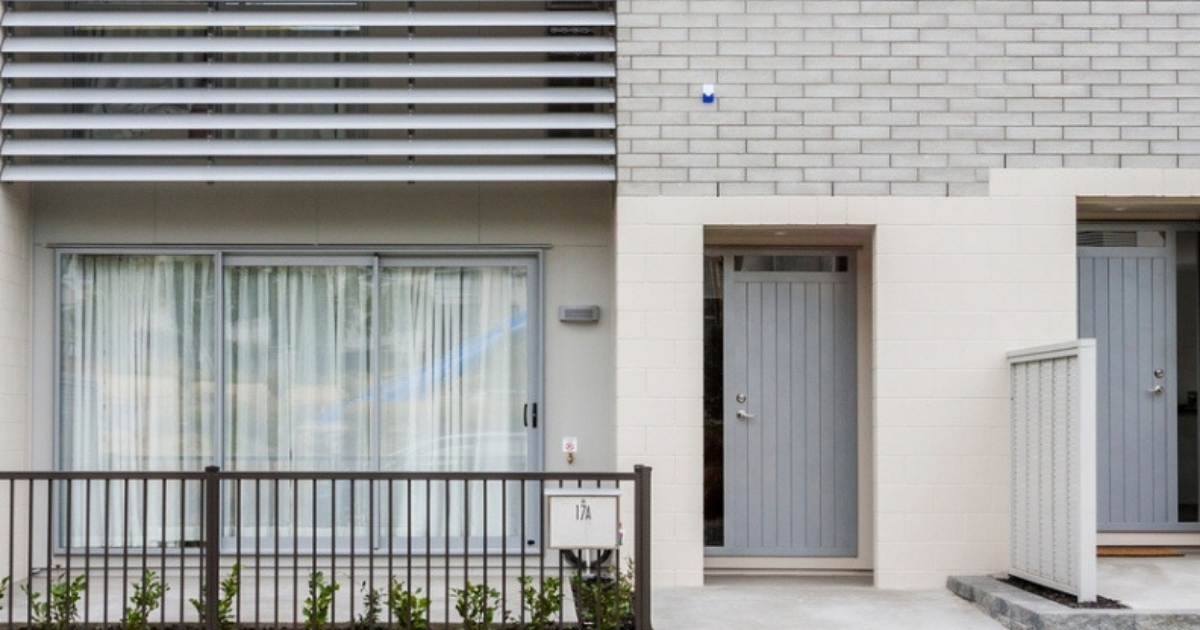
5 places to use louvres on a home
READ MORE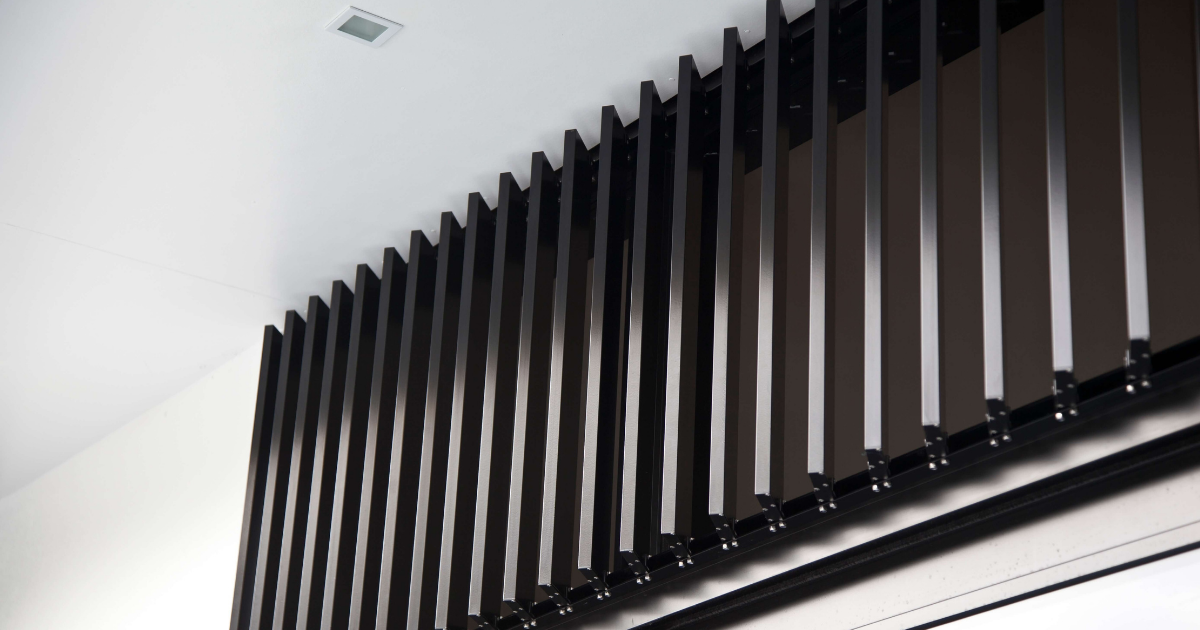
Louvre or louver – what's in a name?
READ MORE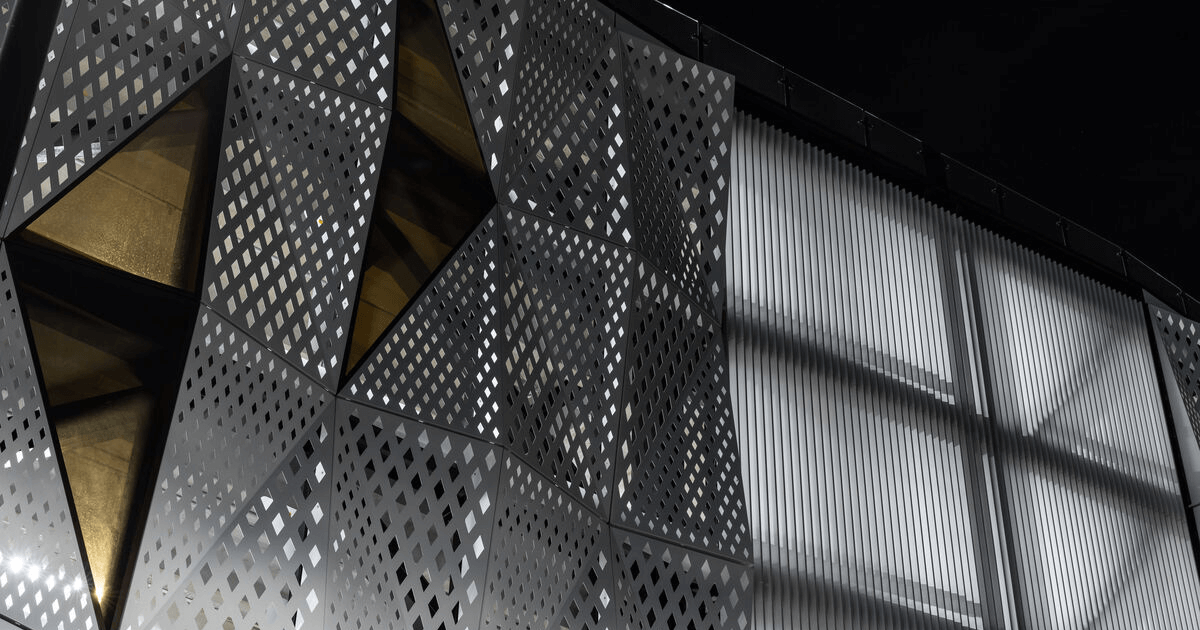
Launching the new dapple range of perforated screens
READ MORE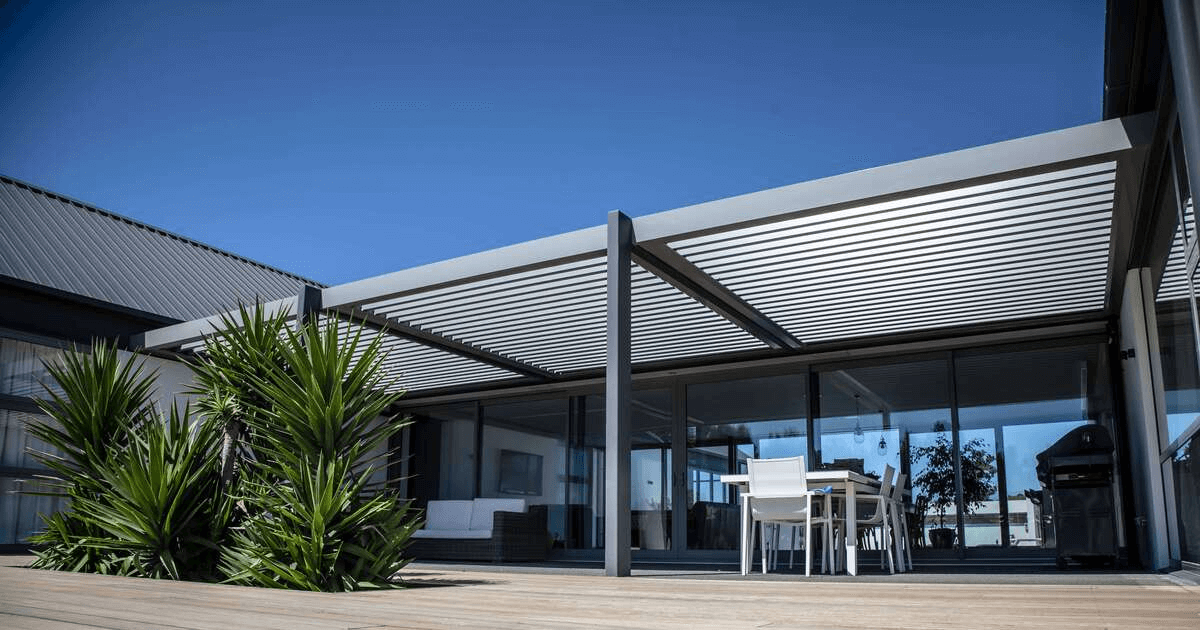
House design trends we expect to see in 2021
READ MORE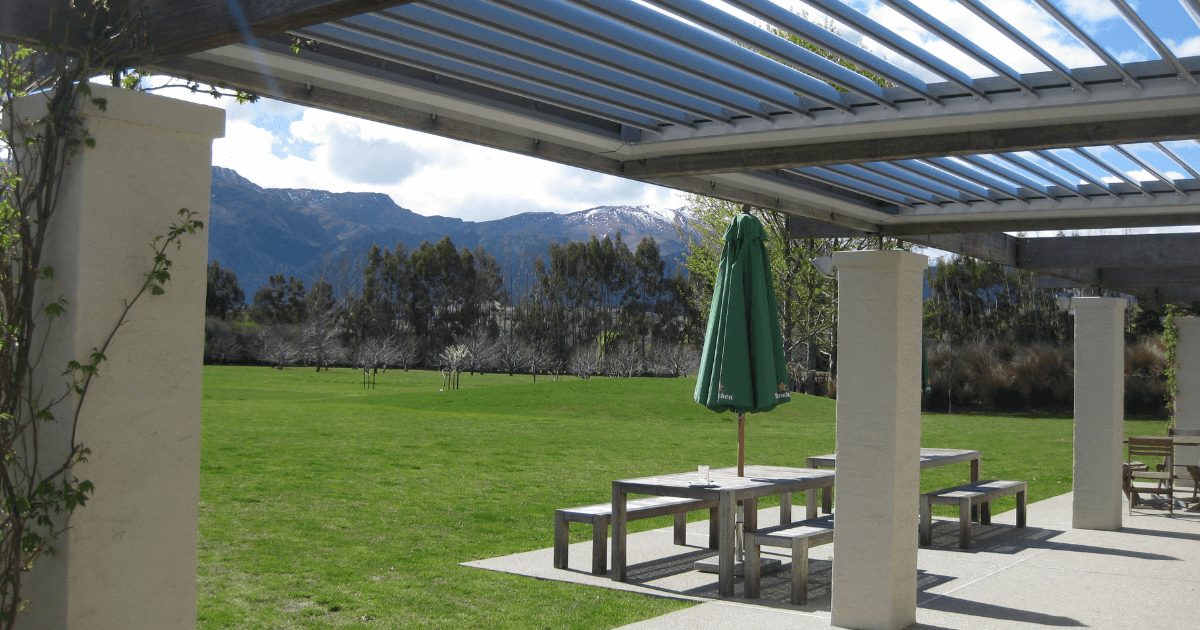
Louvre blades explained
READ MORE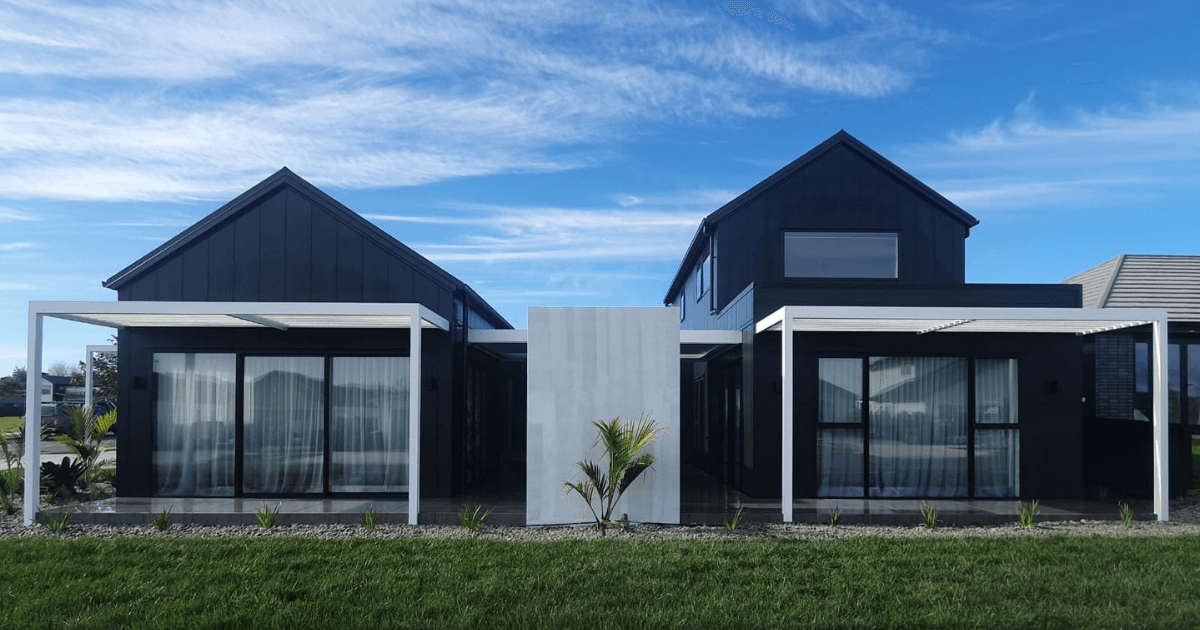
Our favourite projects of 2020
READ MORE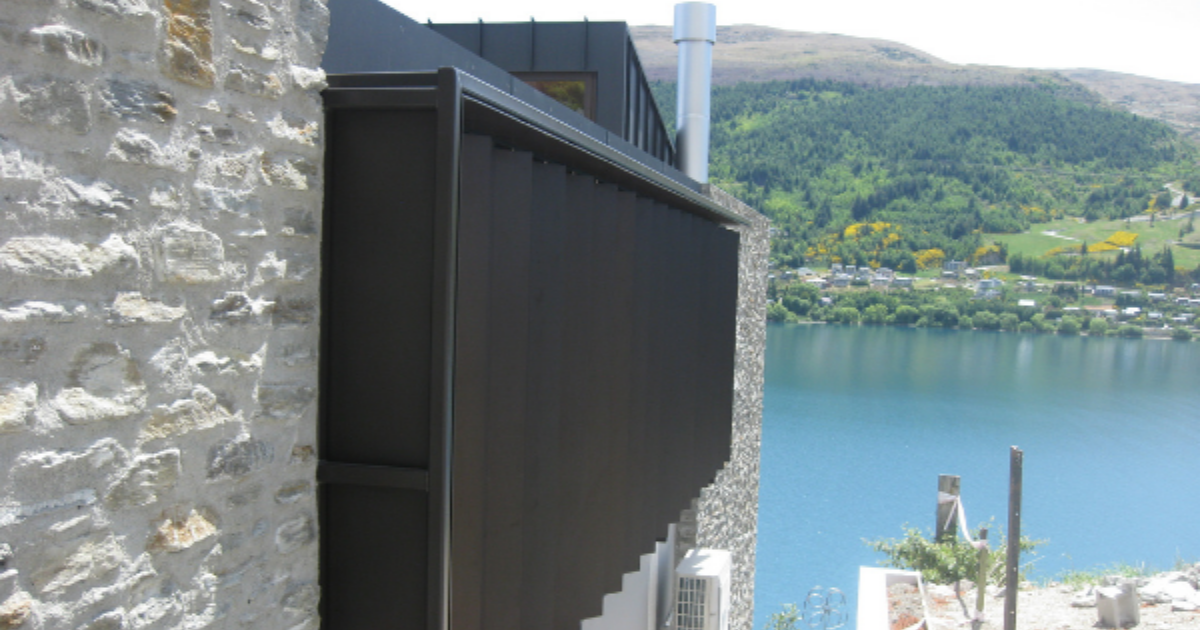
How to use motorised louvres on a home
READ MORE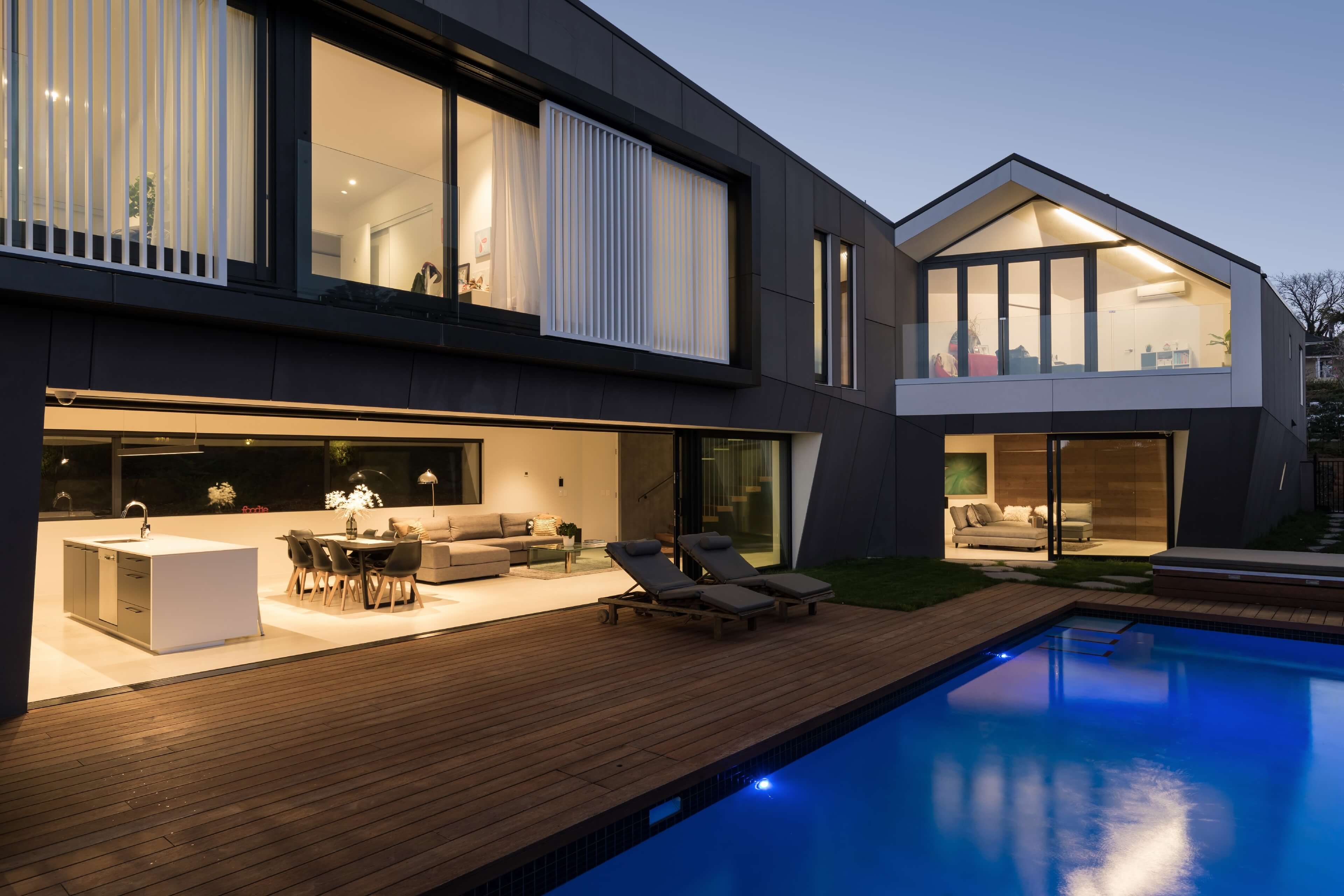
Sliding shutter systems explained
READ MORE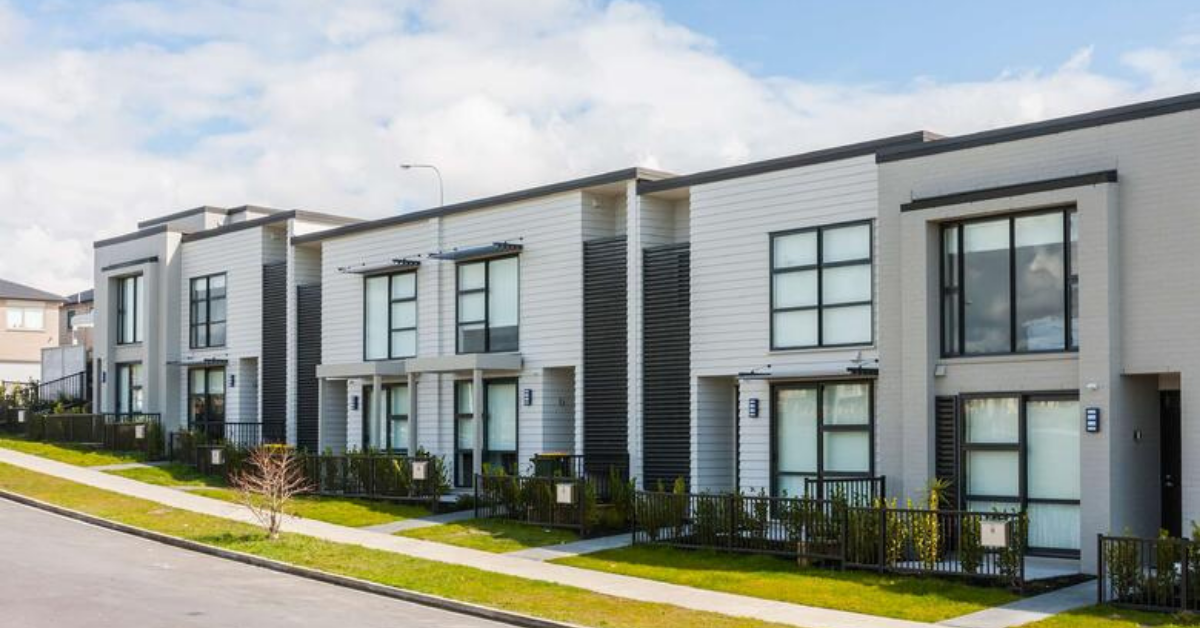
Awning and entrance canopy options
READ MORE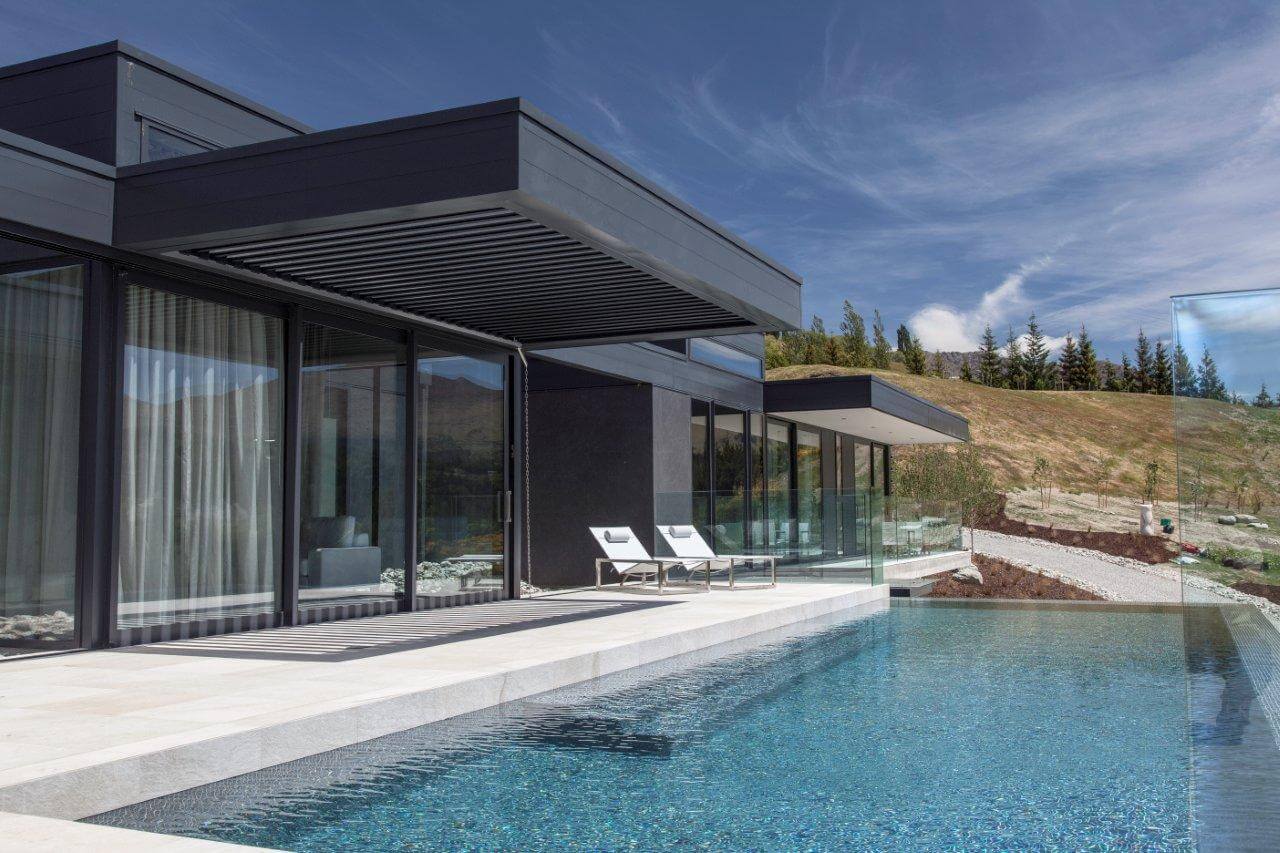
What are the different types of louvre opening roof systems?
READ MORE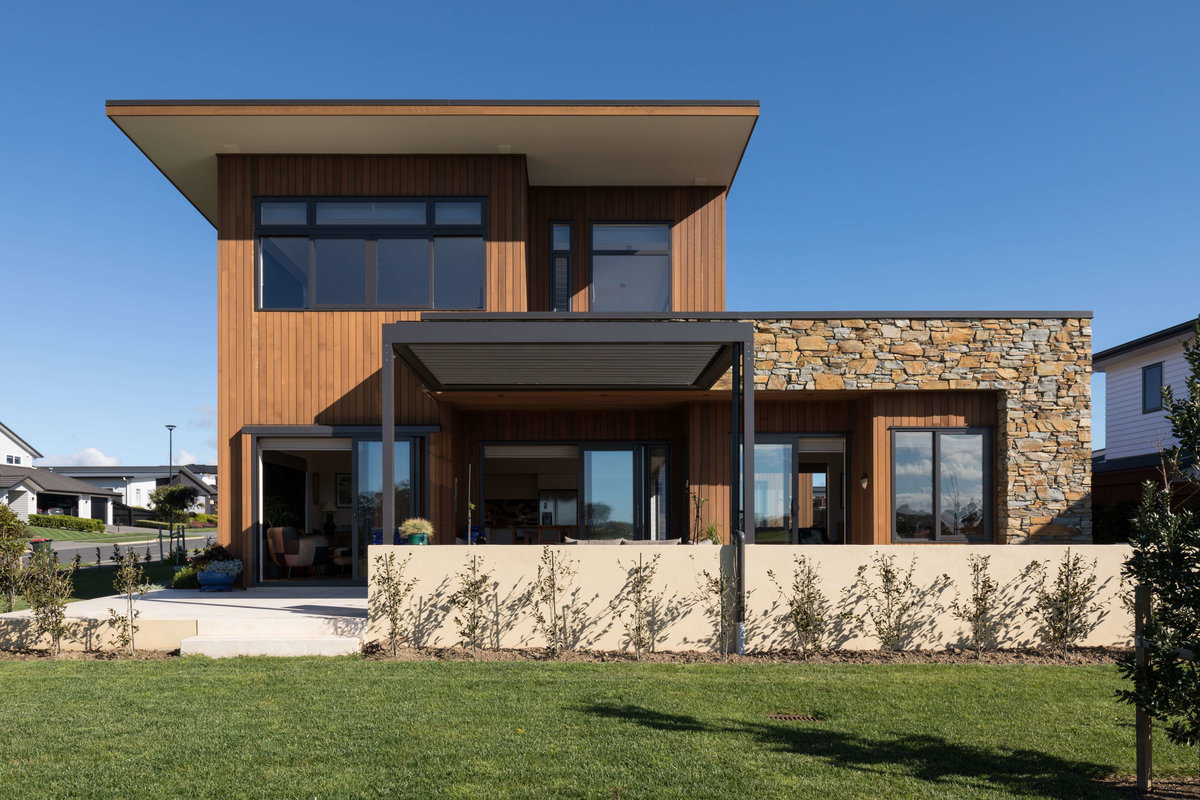
Do I need building consent for a pergola?
READ MORE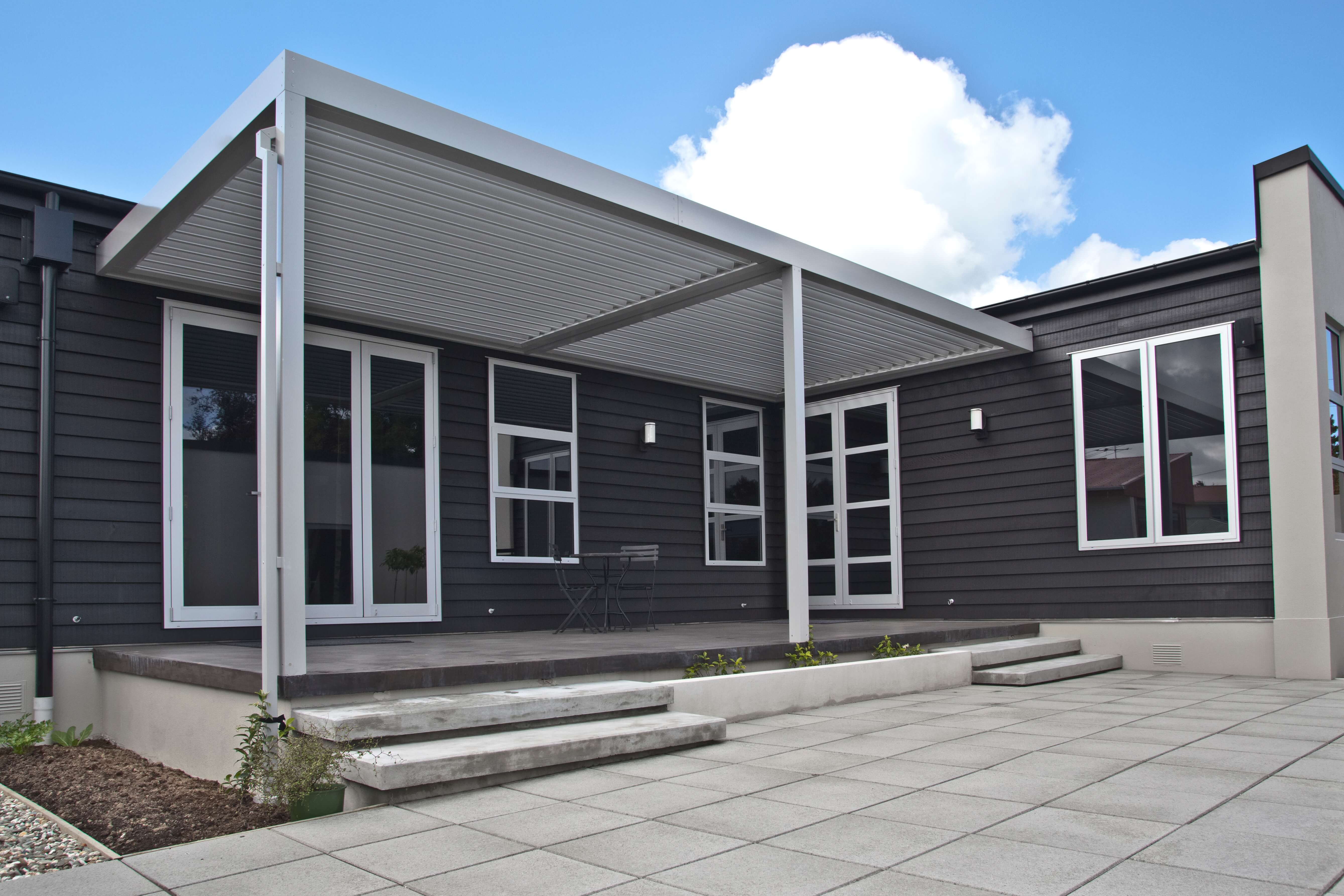
Frequently asked questions: Louvre design and installation
READ MORE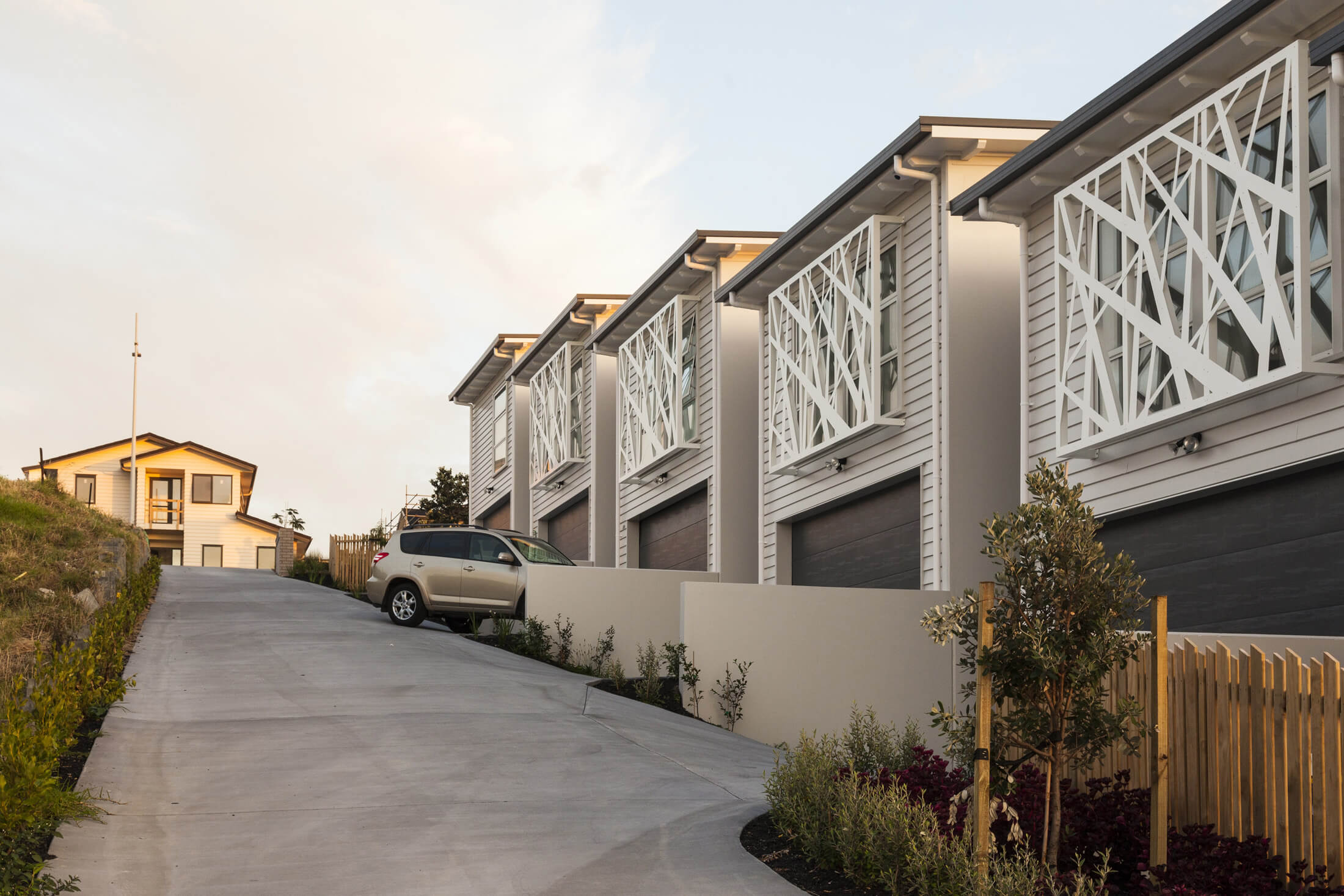
5 outdoor design trends for 2020
READ MORE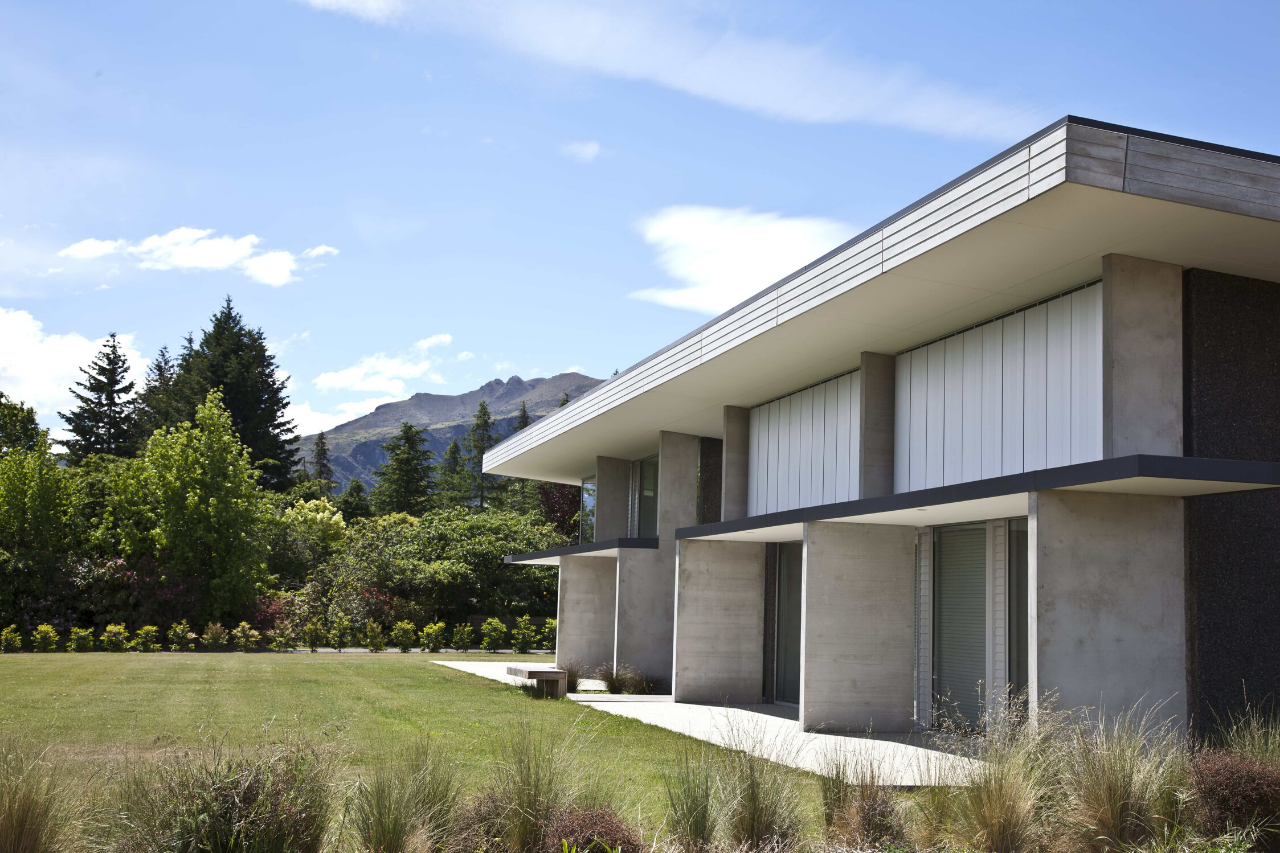
Motorised louvres explained
READ MORE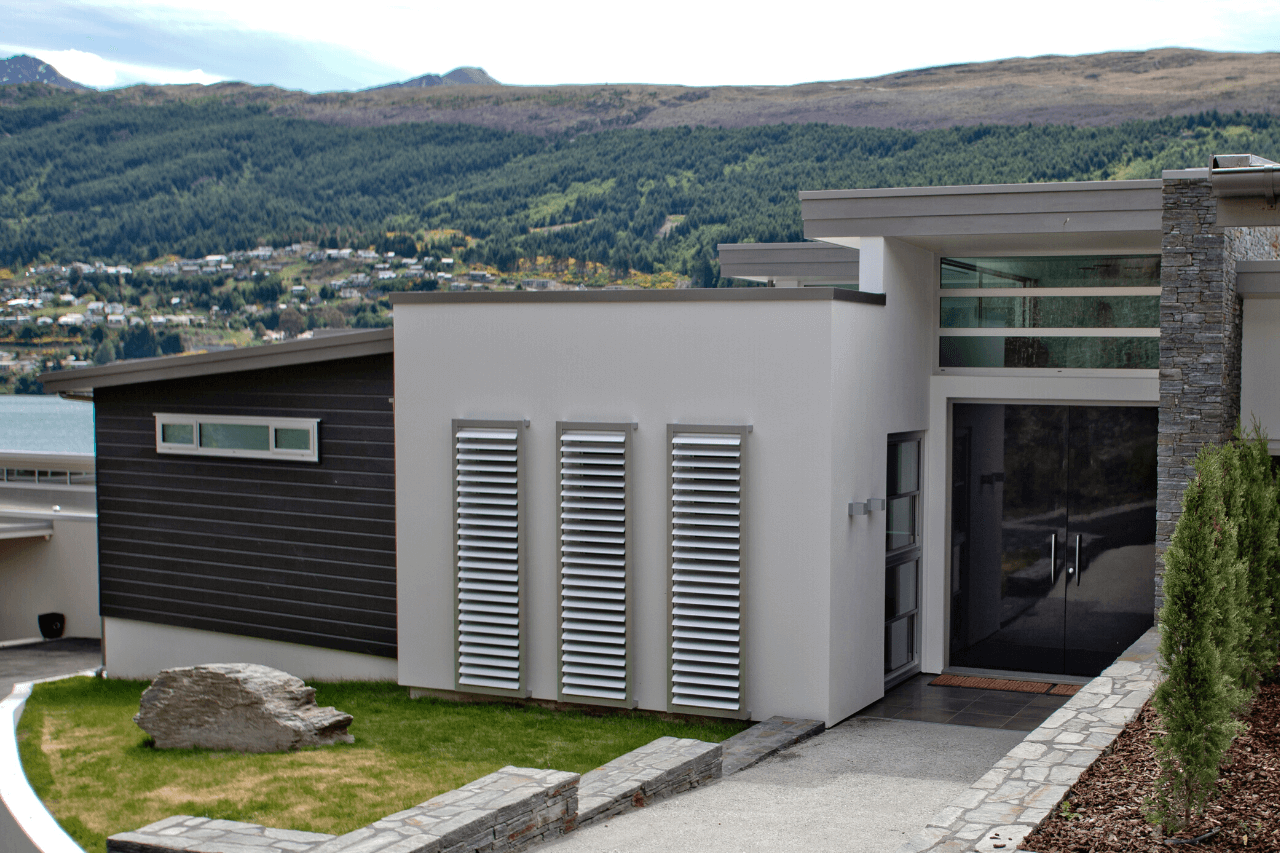
Exterior shutters: operable or fixed?
READ MORE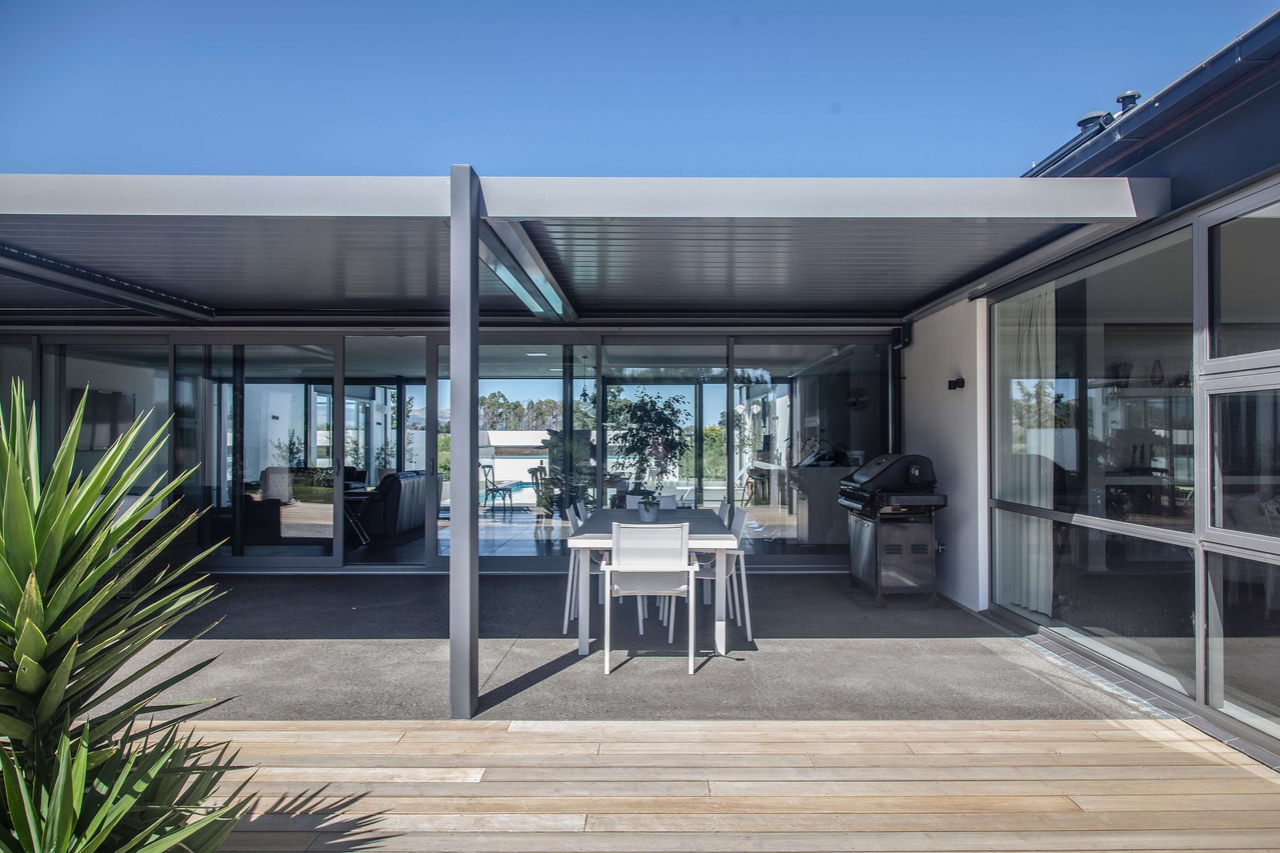
Benefits of sun shading systems
READ MORE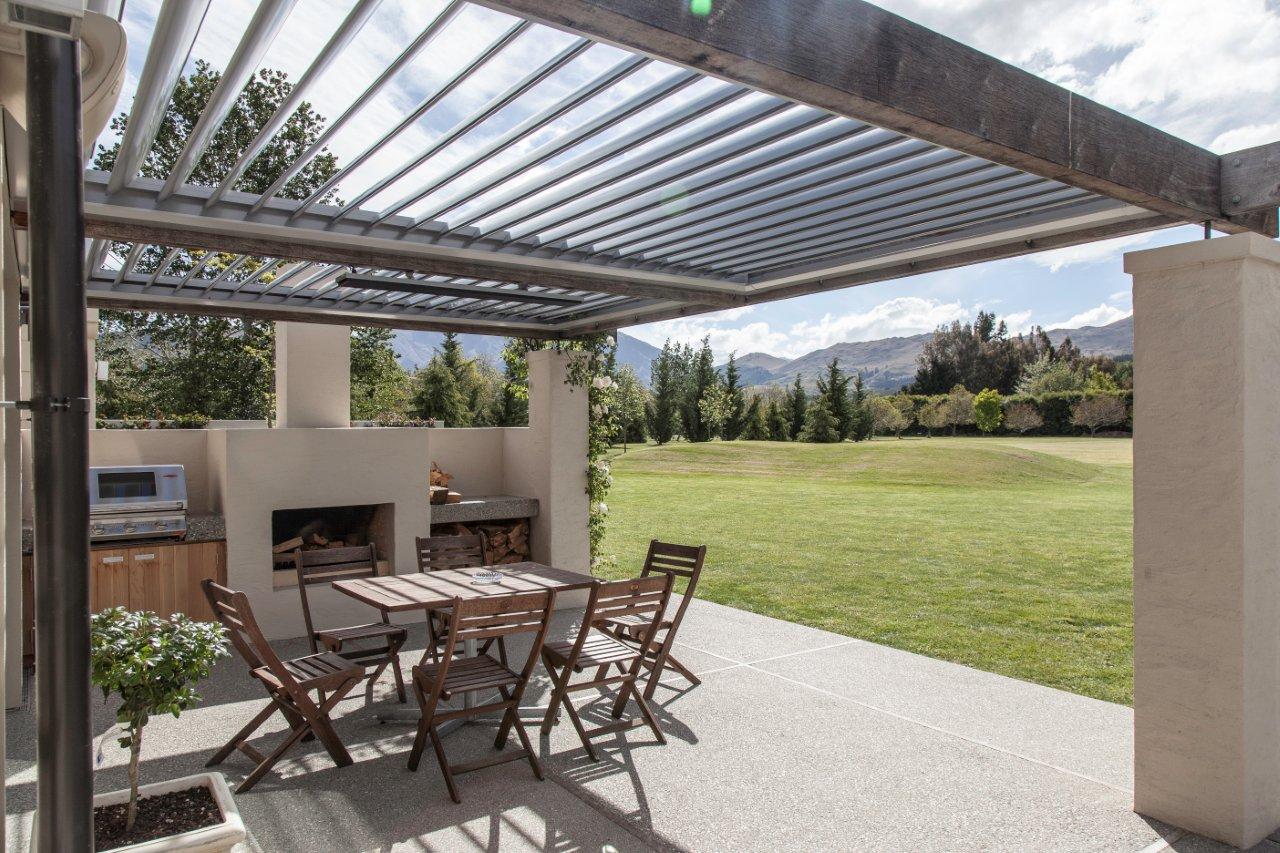
Outdoor patio ideas
READ MORE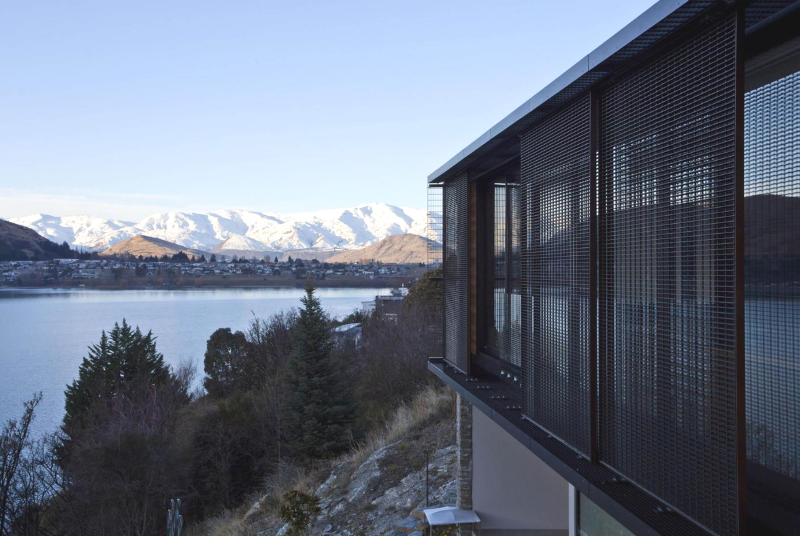
Create indoor-outdoor flow with shutters
READ MORE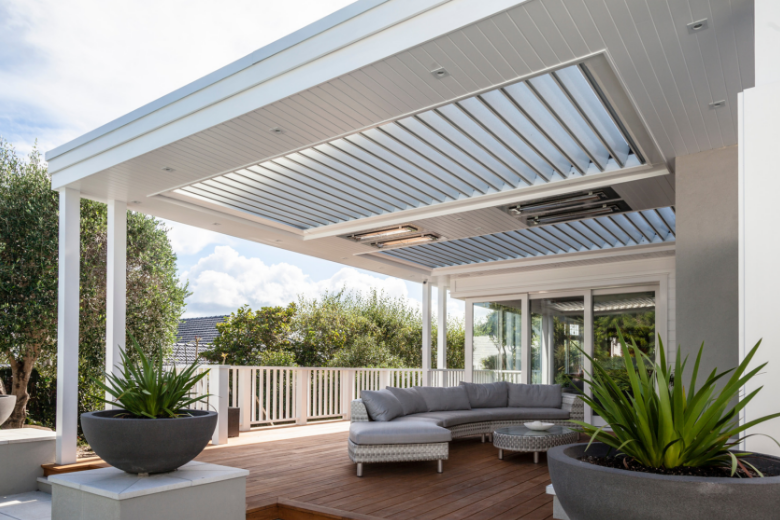
5 outdoor home trends to use in 2019
READ MORE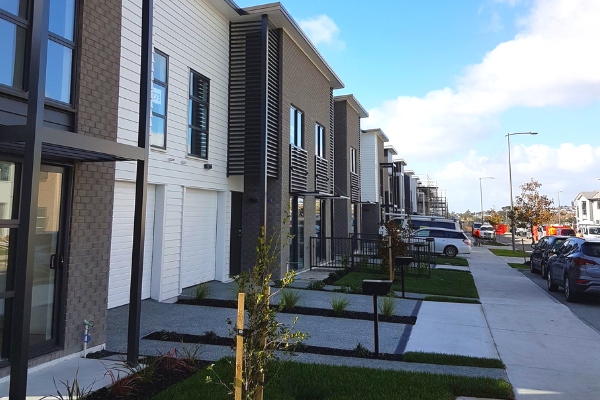
Front entrance inspiration
READ MORE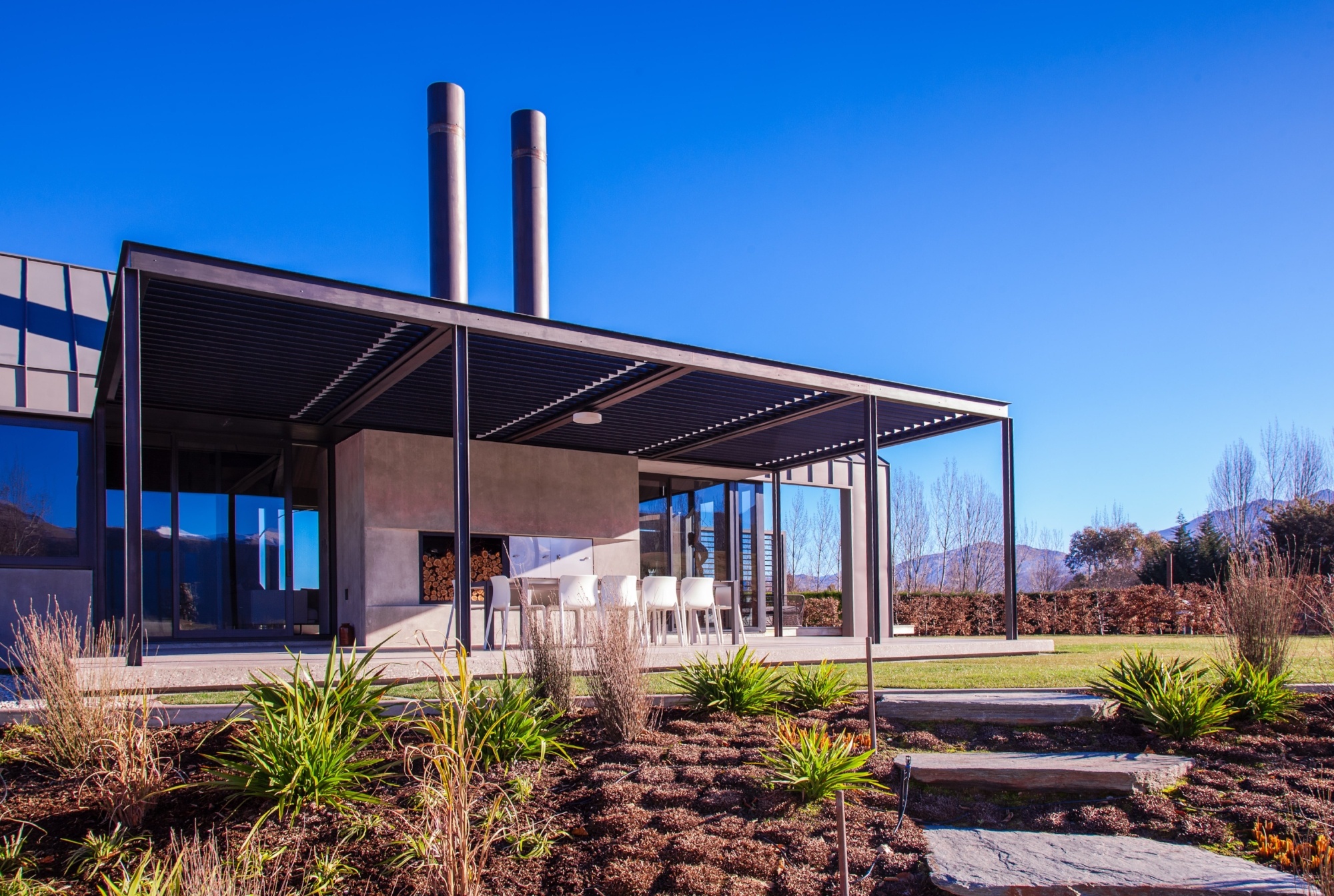
Our favourite louvre projects
READ MORE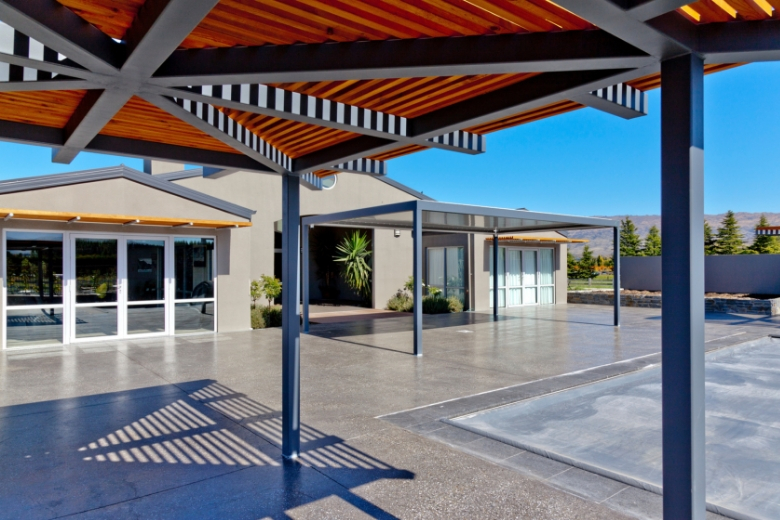
Gazebos vs Pergolas – what's the difference?
READ MORE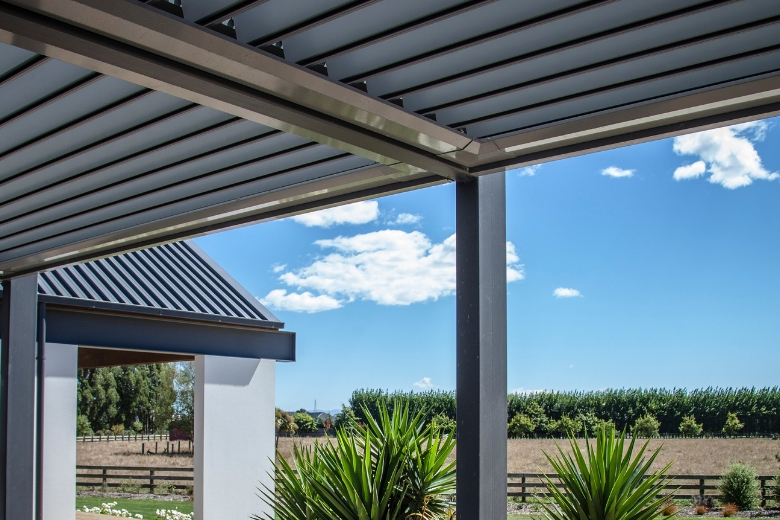
Aurae's range of louvres
READ MORE
Aurae – the architect's partner
READ MORE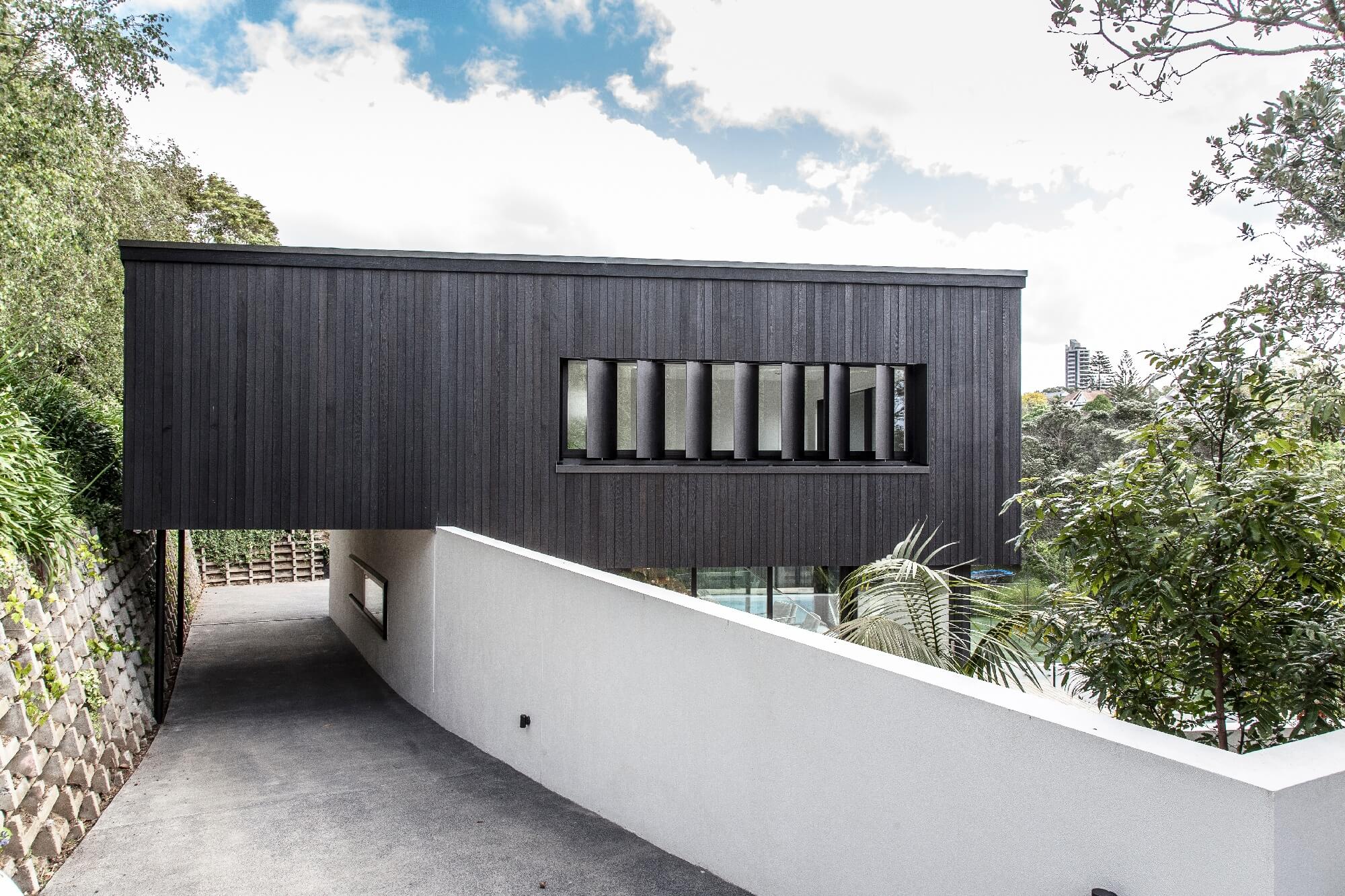
What are the different types of louvres available?
READ MORE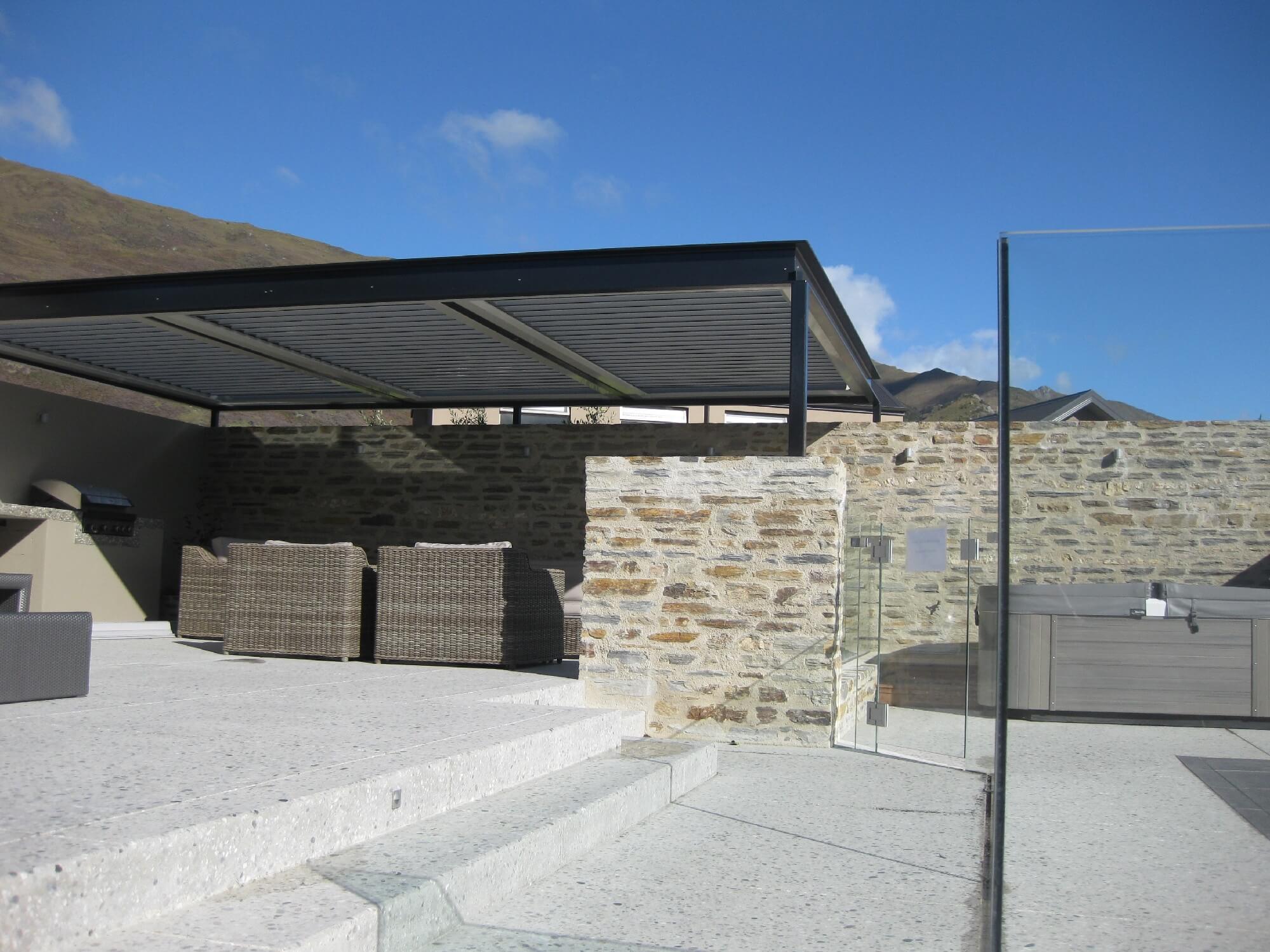
Using aluminium for pergolas
READ MORE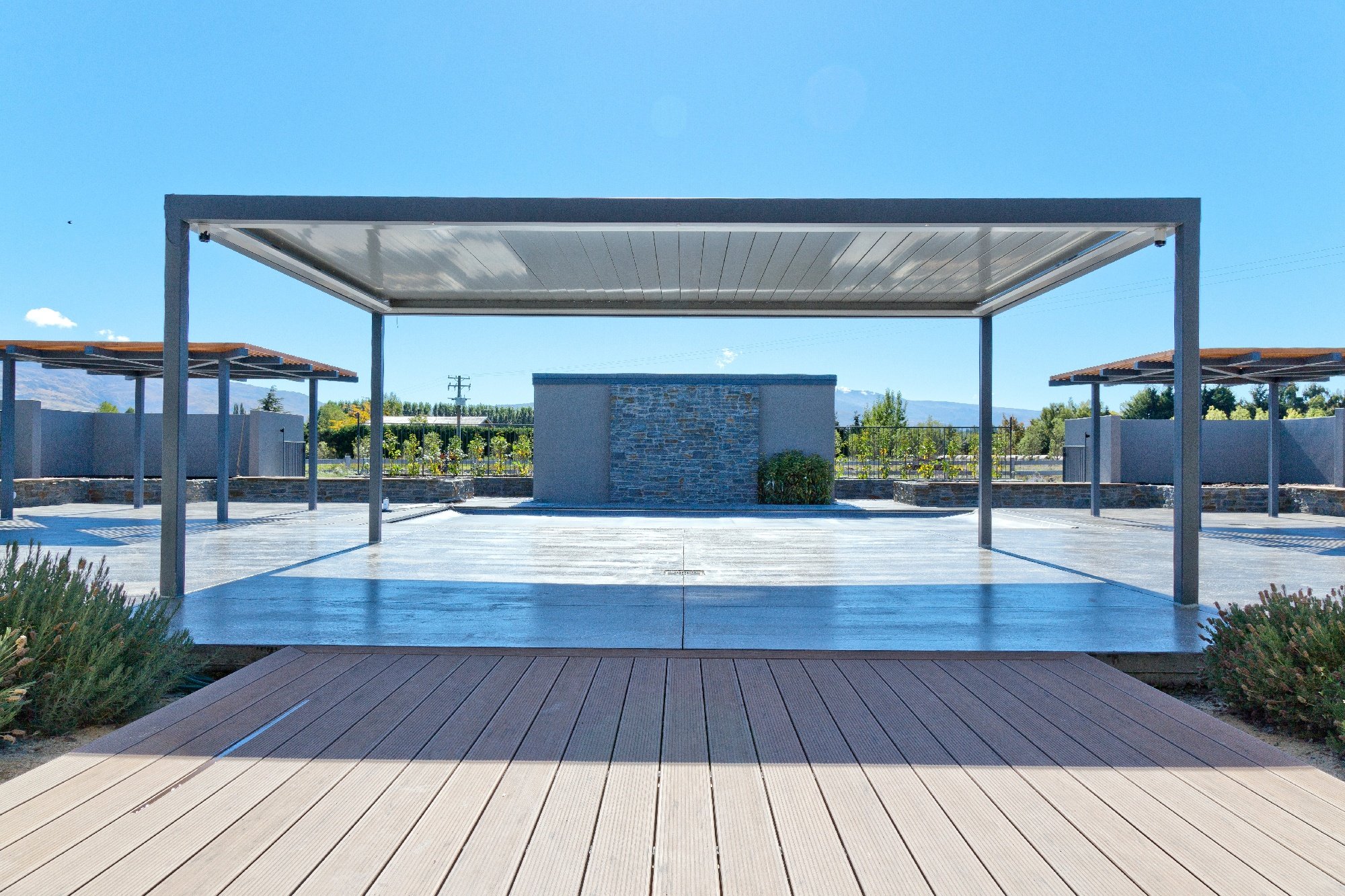
Pergolas, in history and in use today.
READ MORE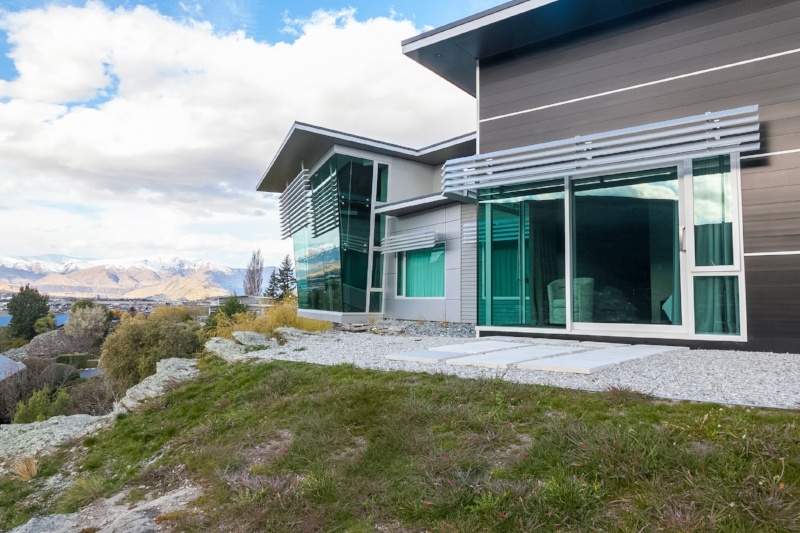
Shading your home with louvres
READ MORE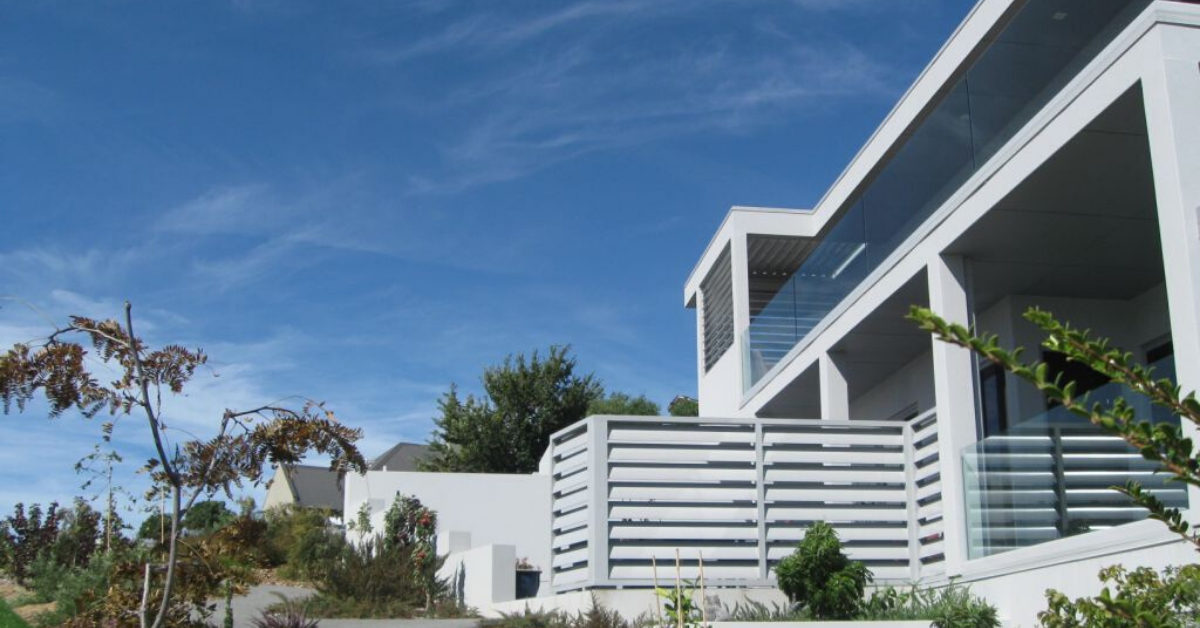
5 ways to use louvres on your home
READ MORE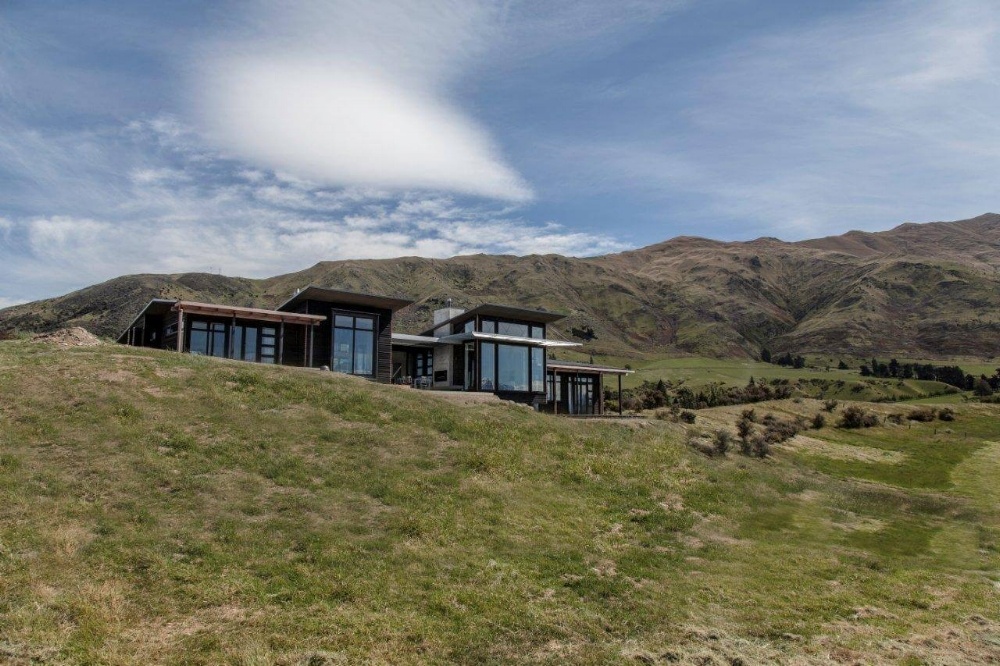
7 architectural features that can improve a home's functionality
READ MORE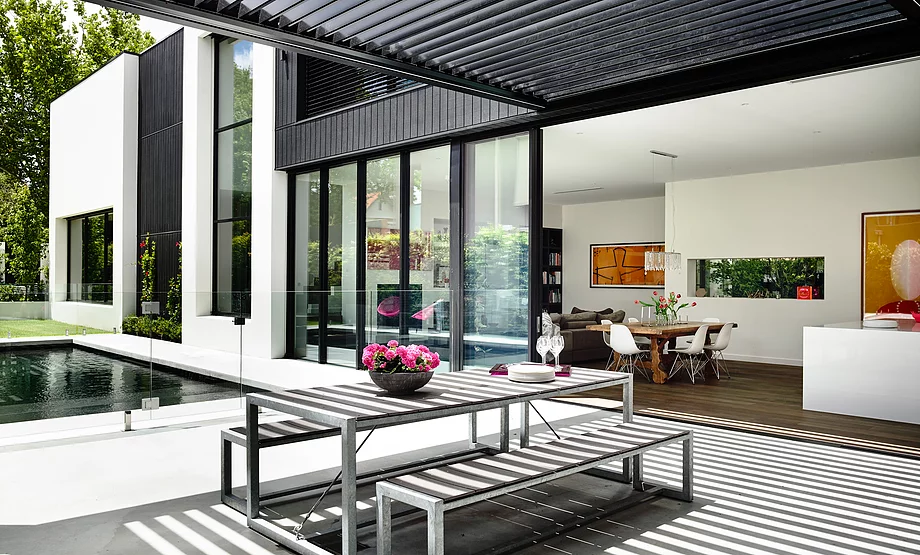
10 unique outdoor living areas (and what makes them so great)
READ MORE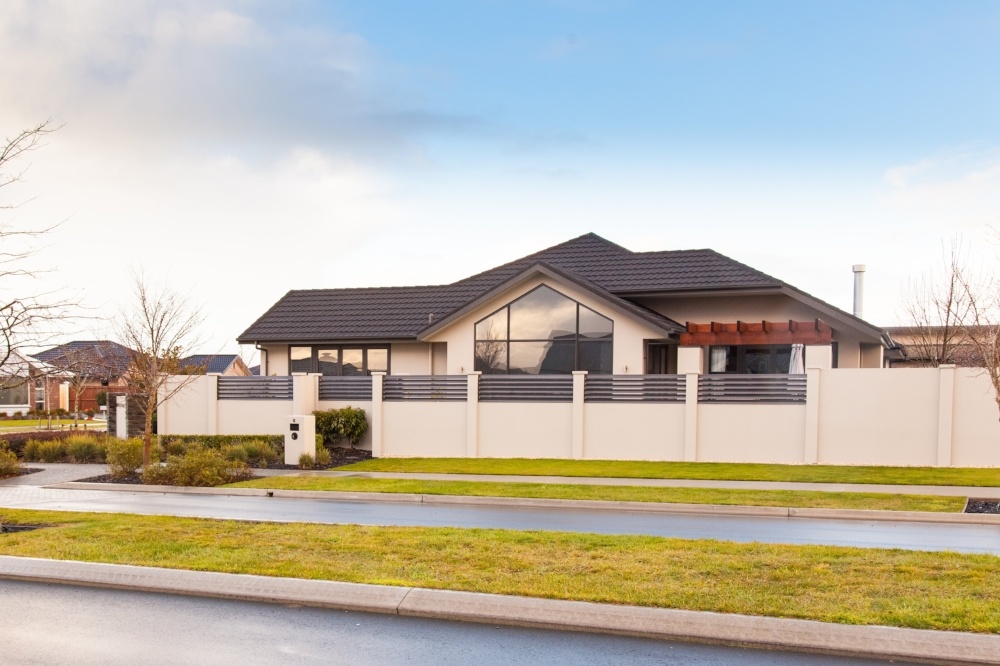
NZ building code basics
READ MORESign up for news, updates
and product launches.
.png?width=246&height=124&name=www.aurae.co.nzhs-fshubfsAurae_June2018%20Themeimageslogo%20(2).png)